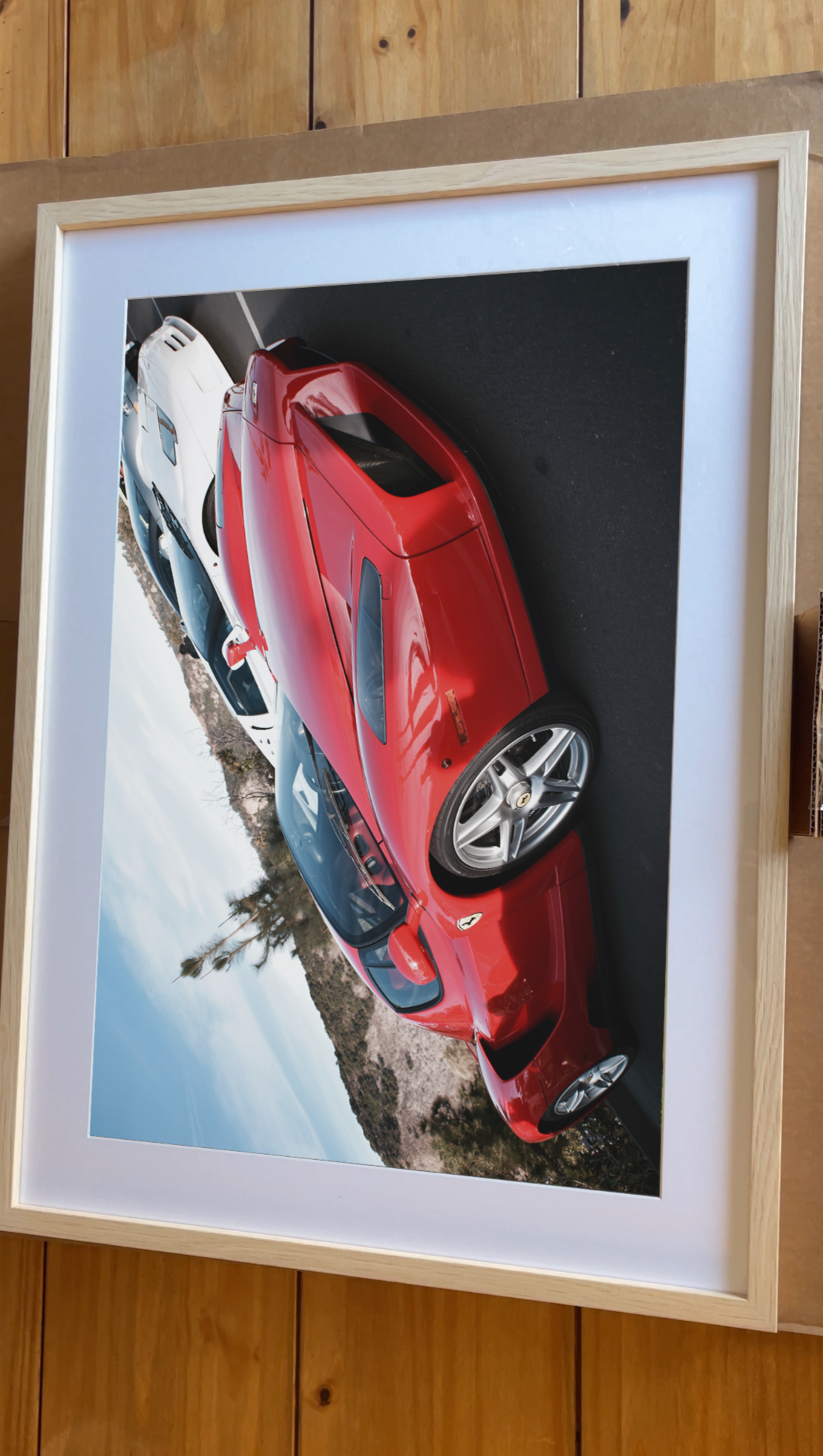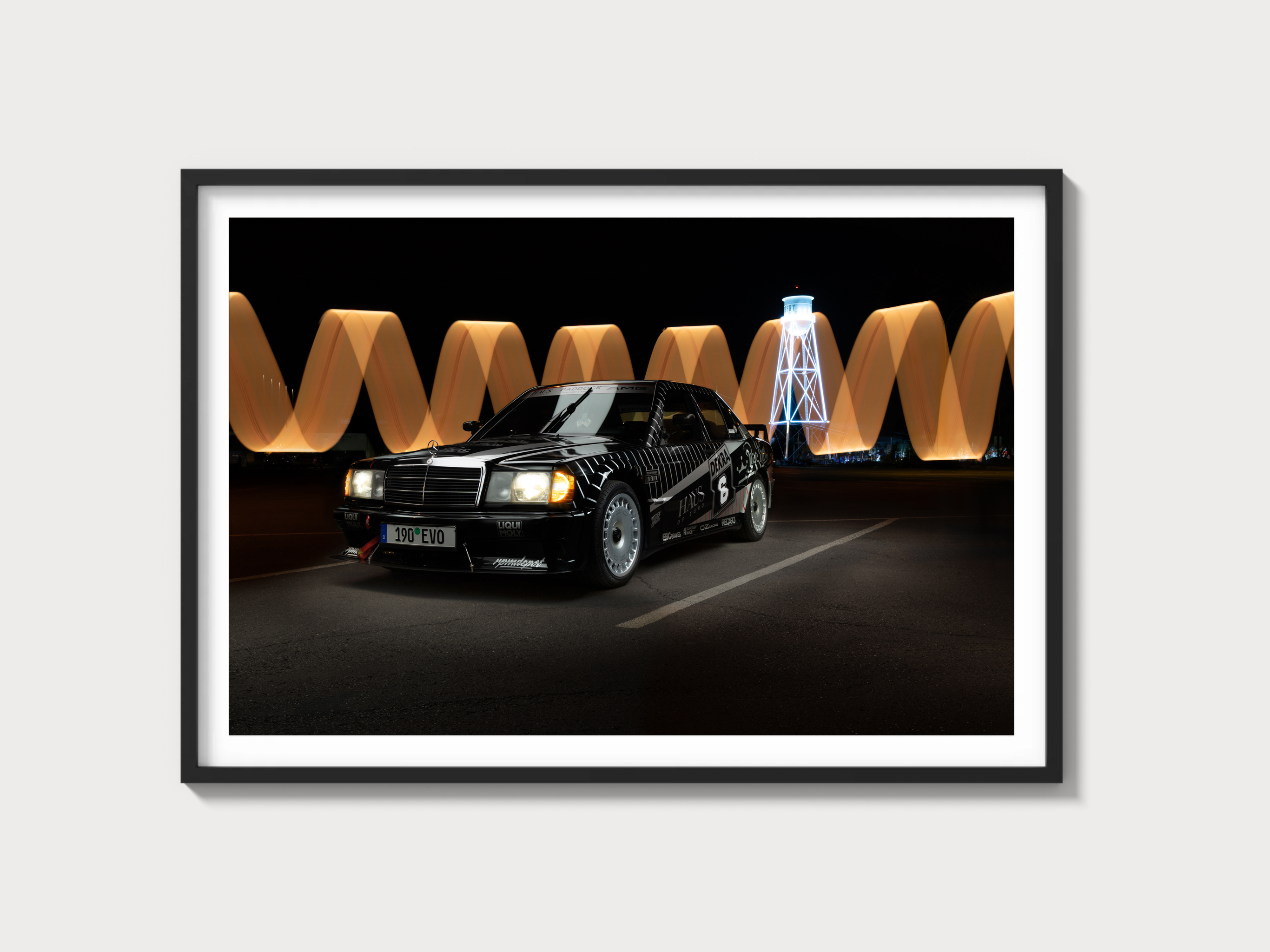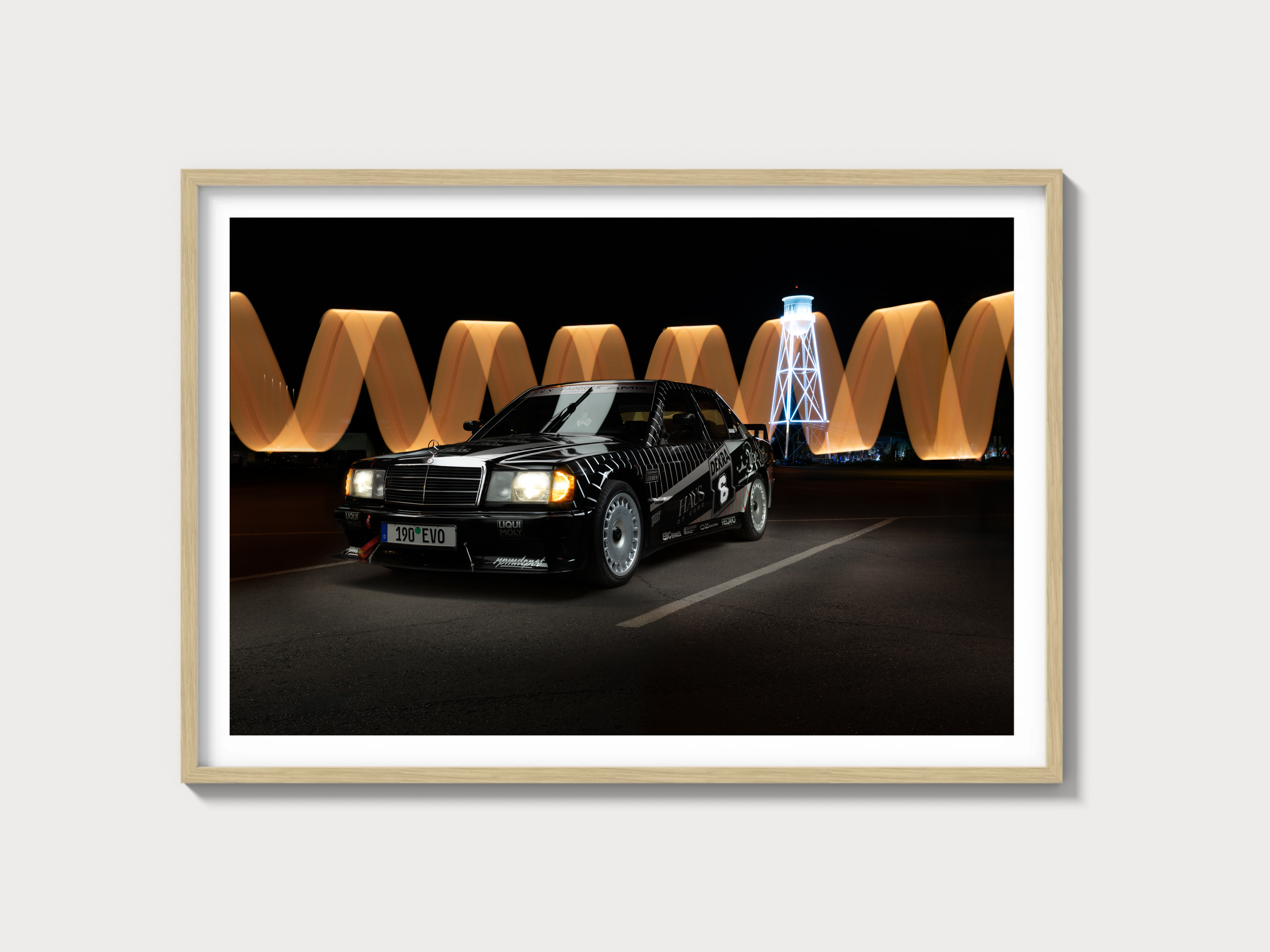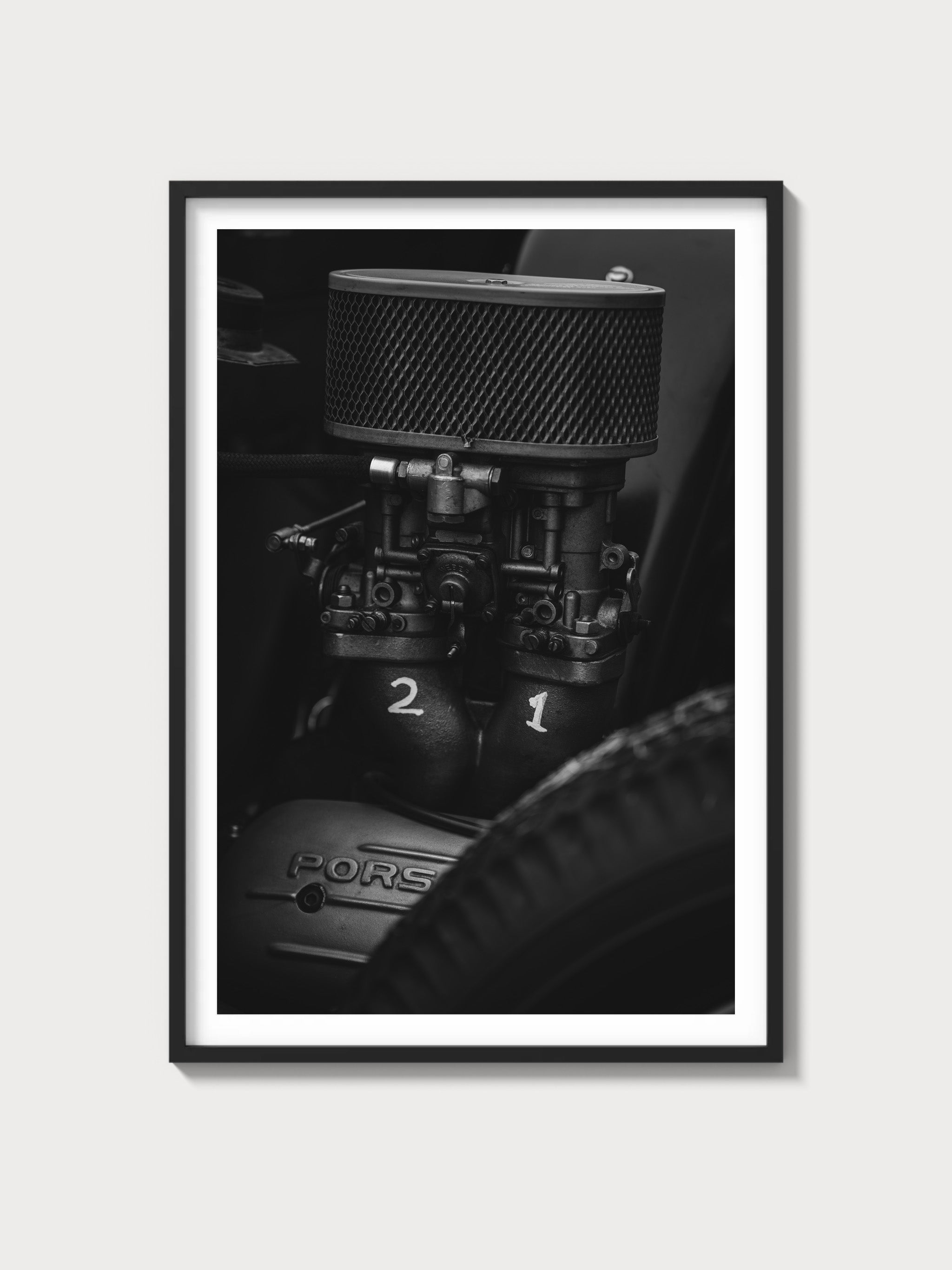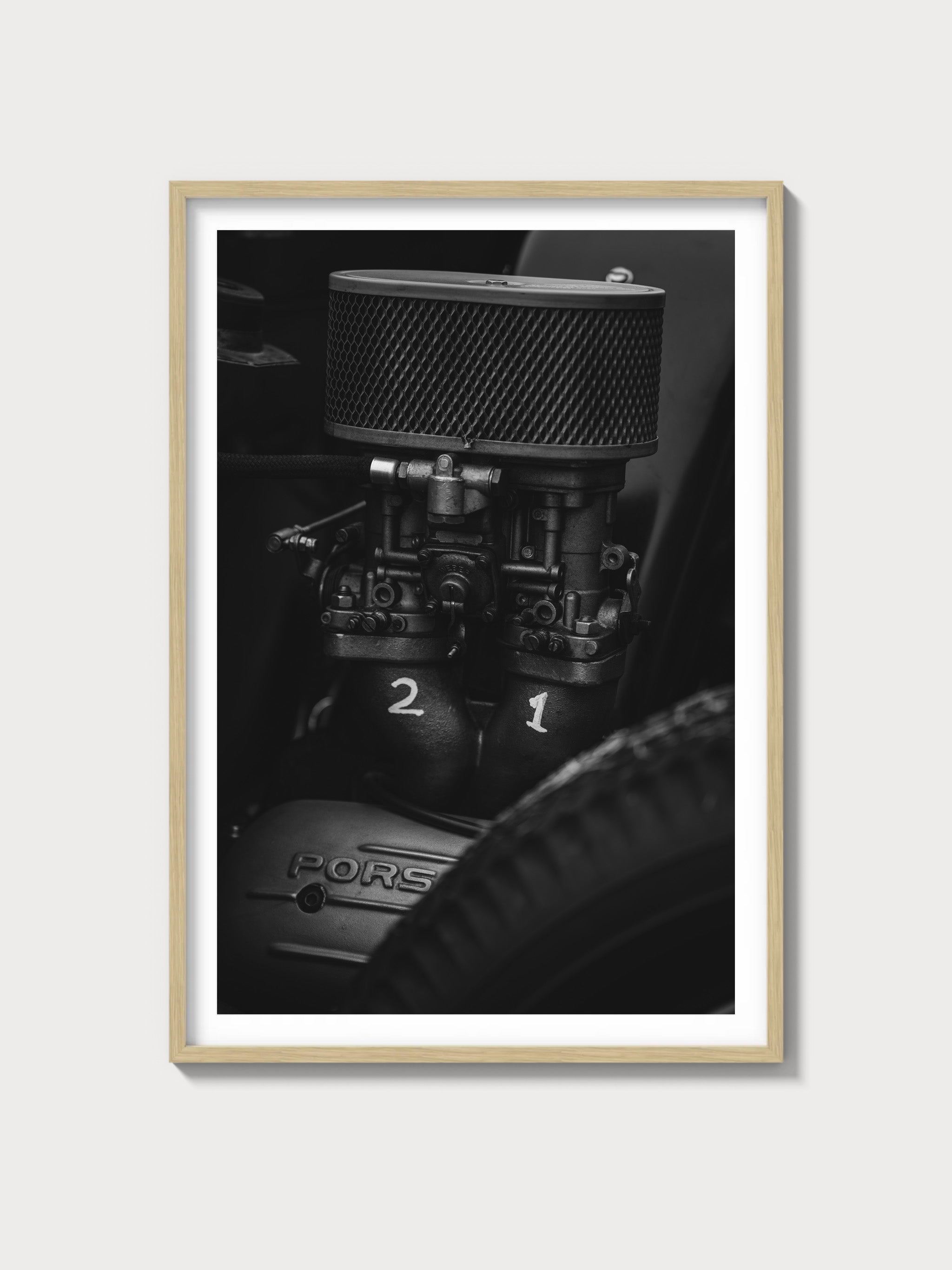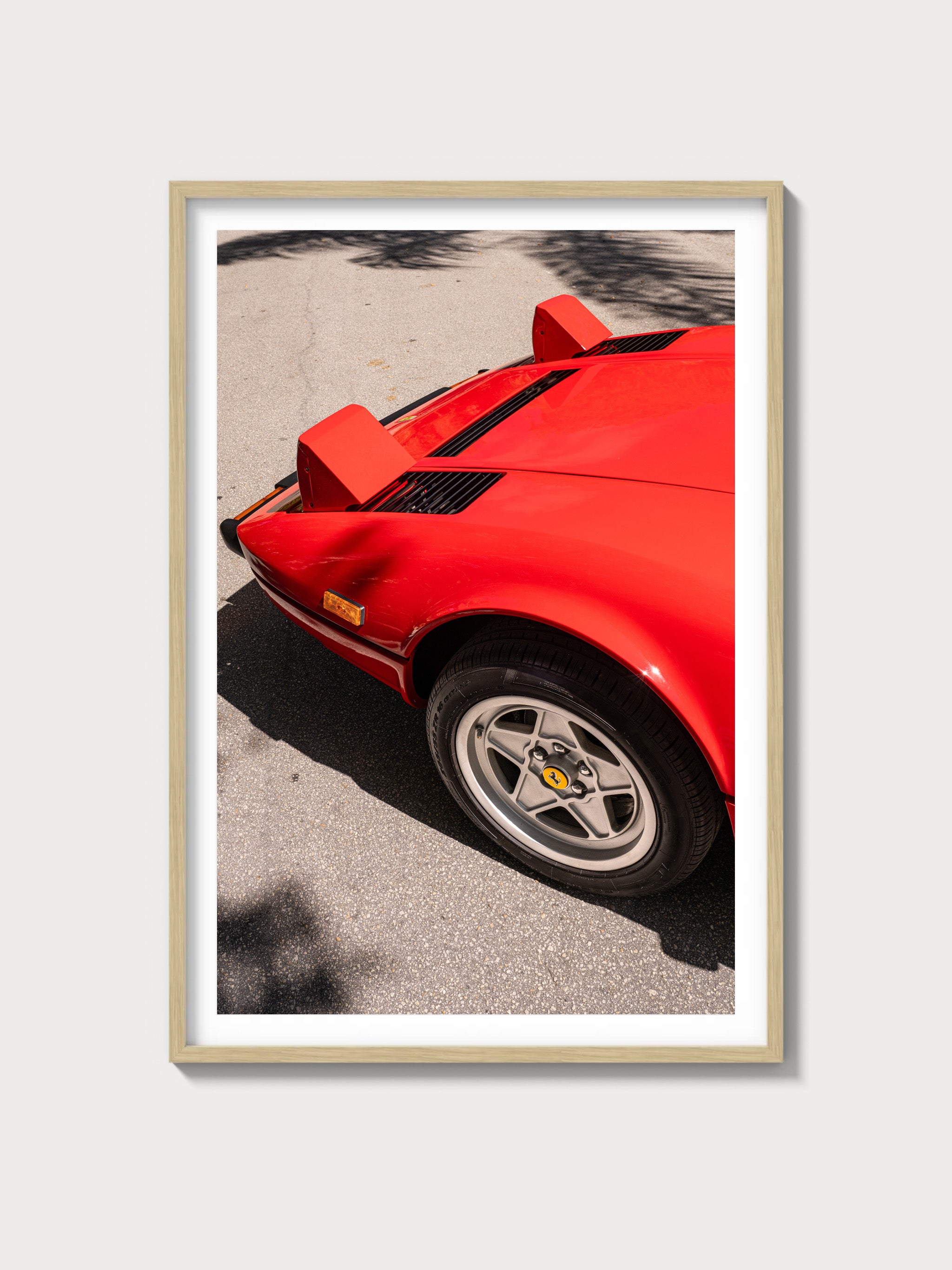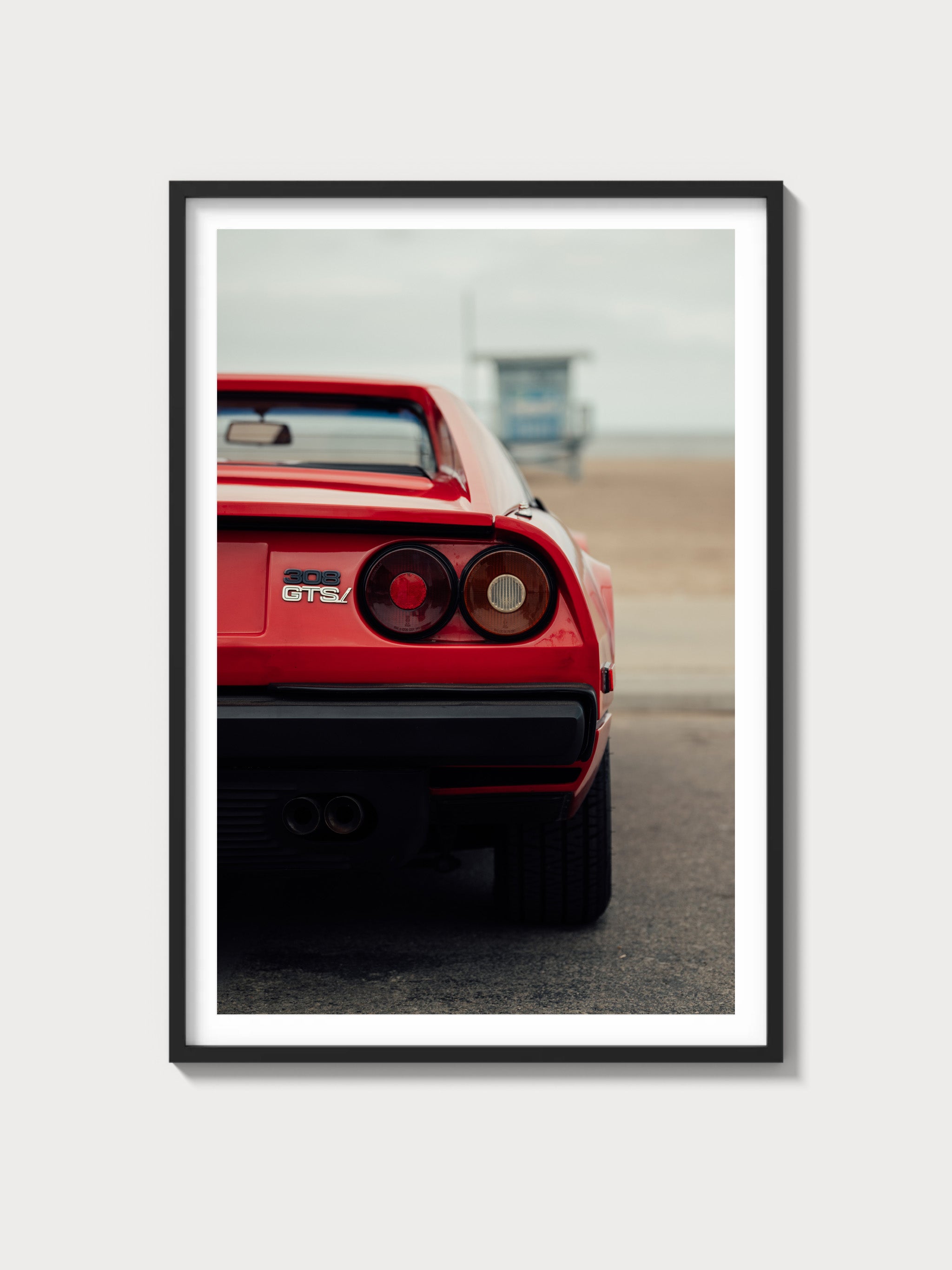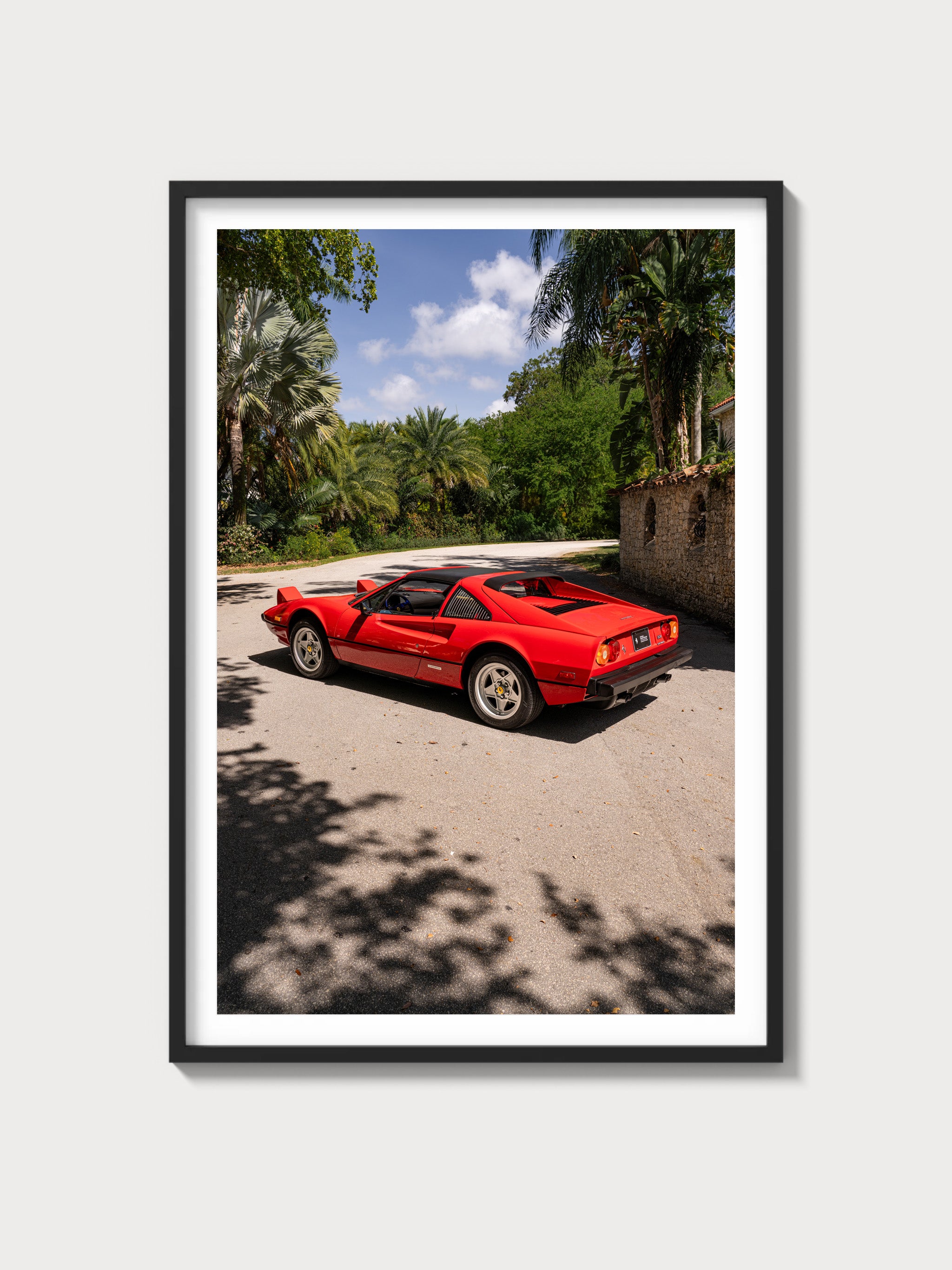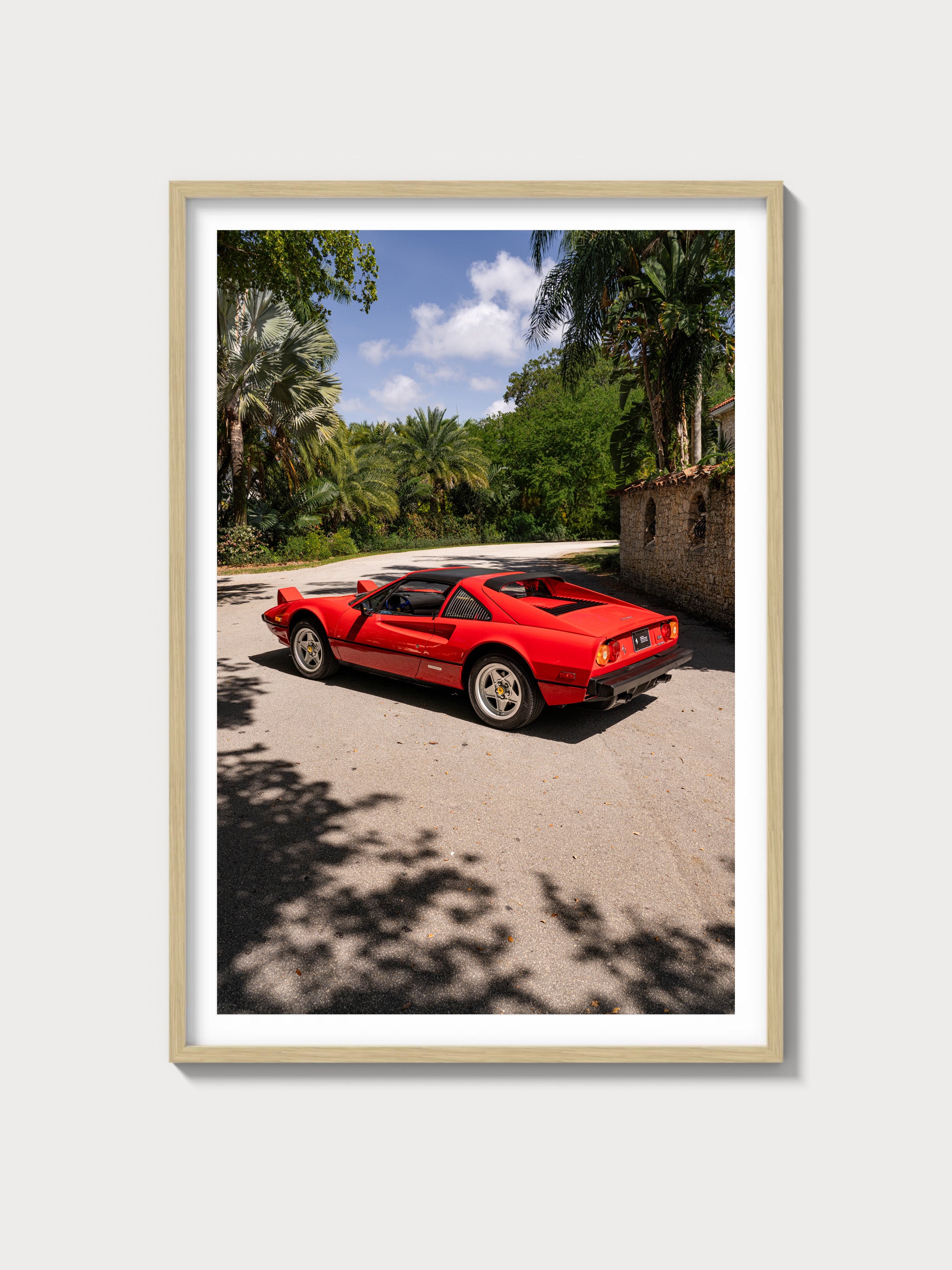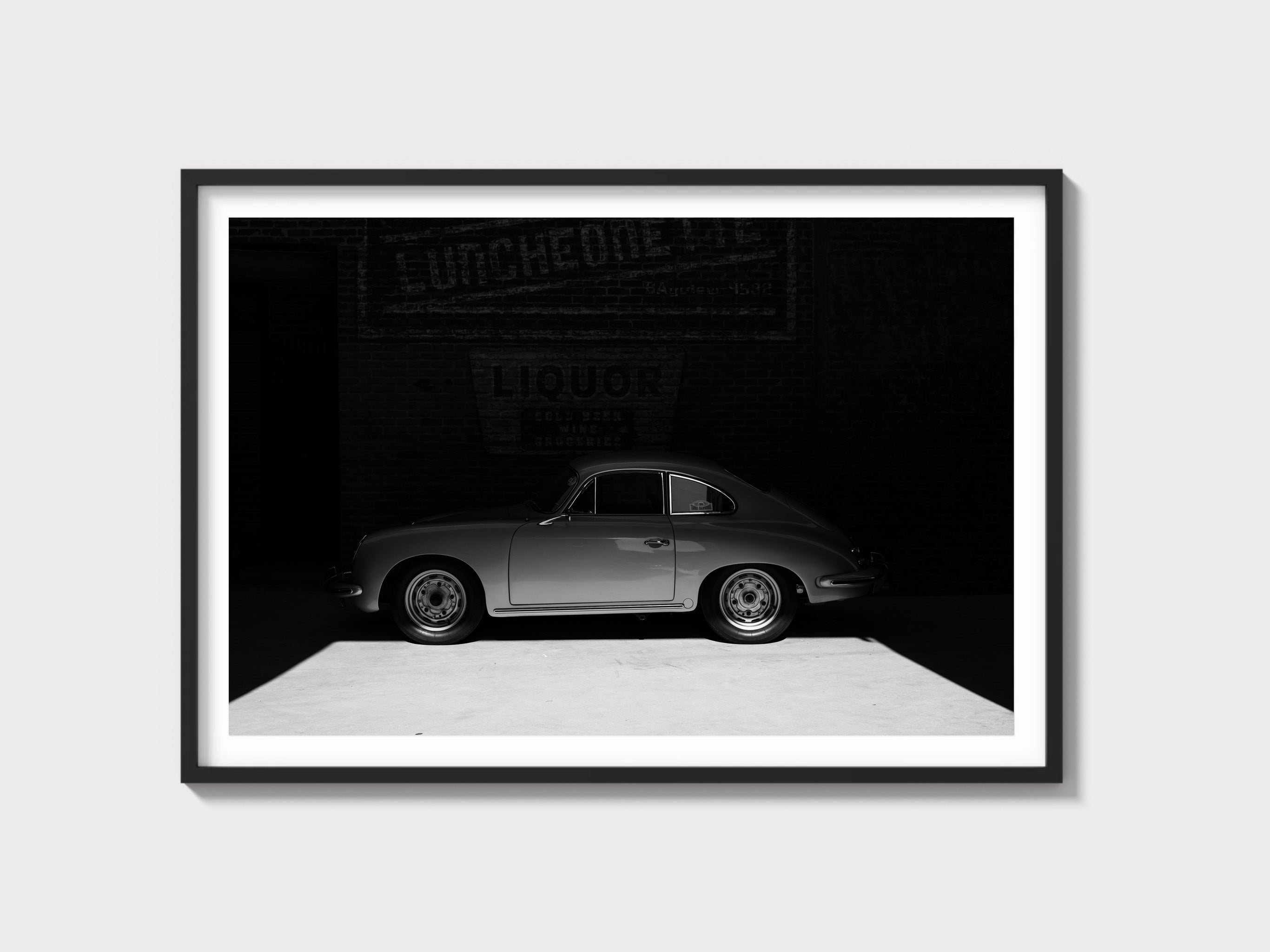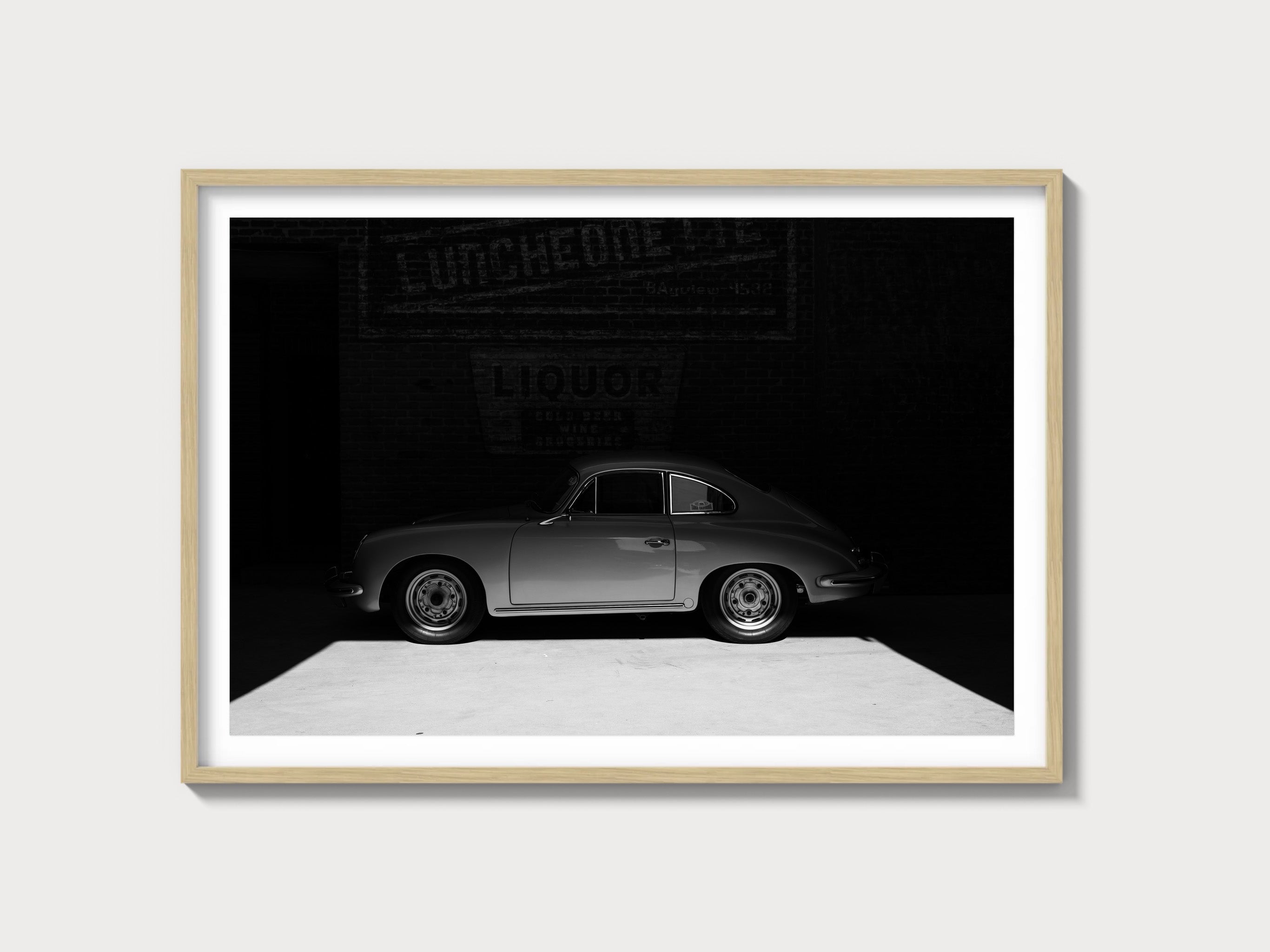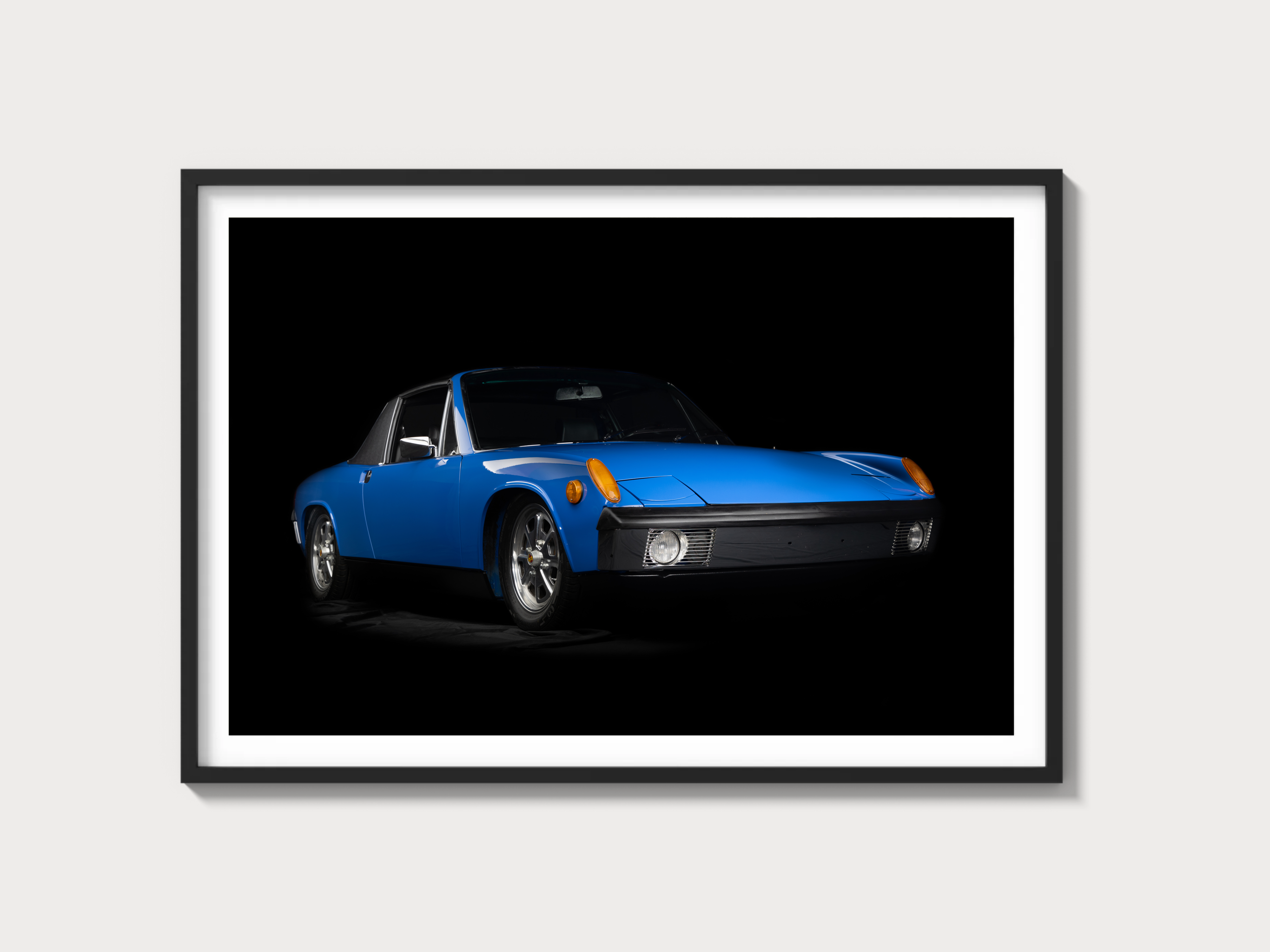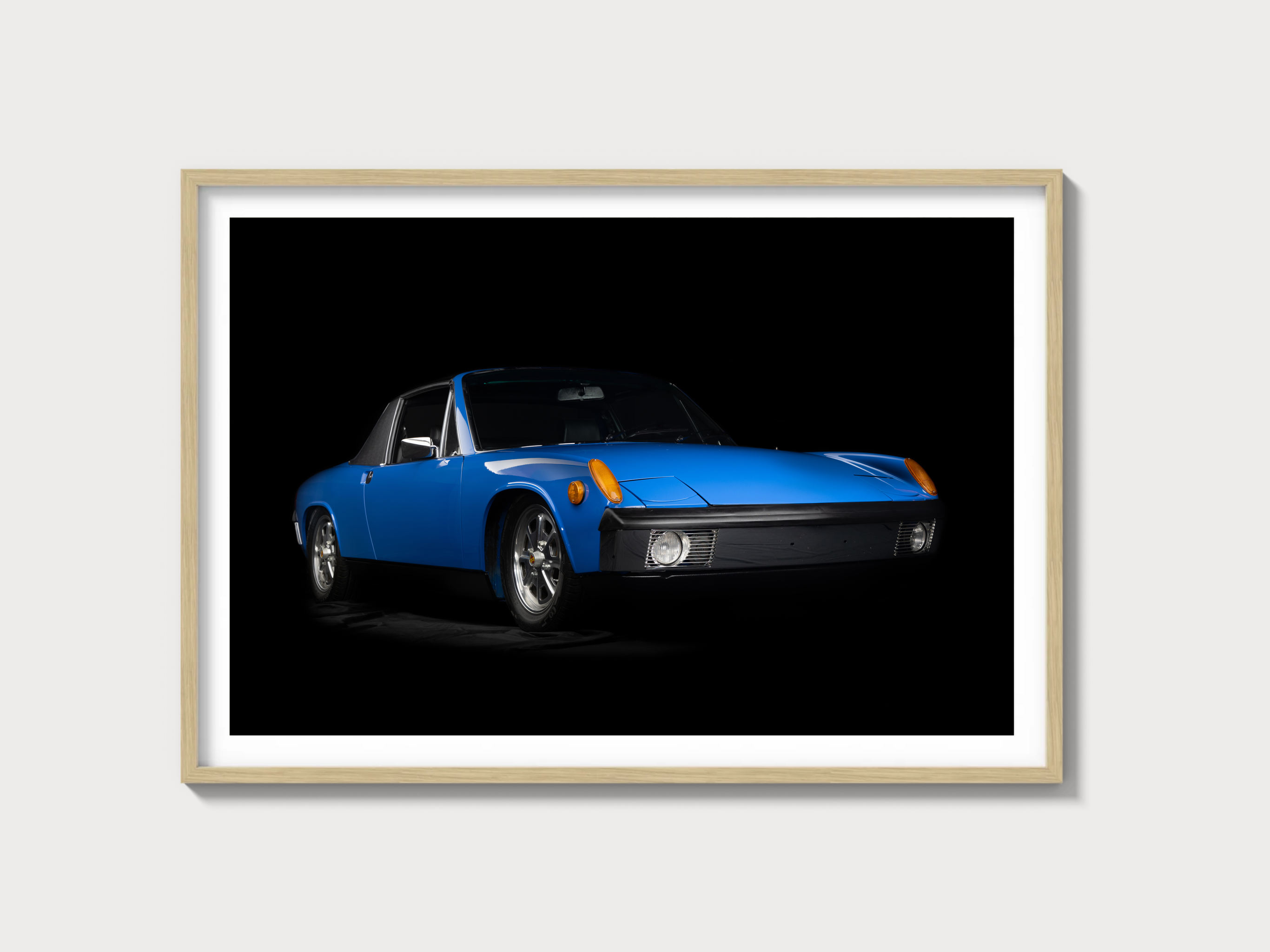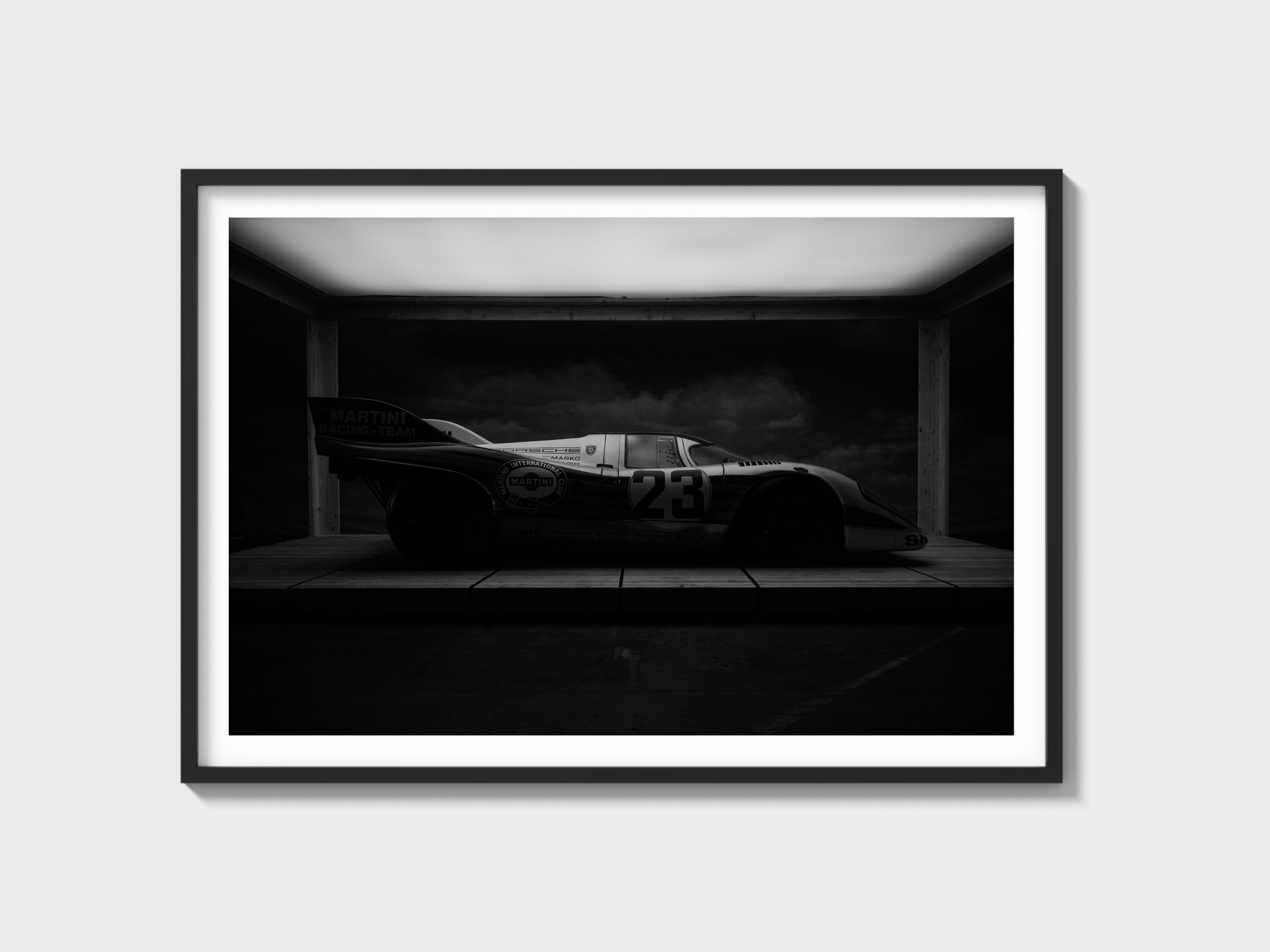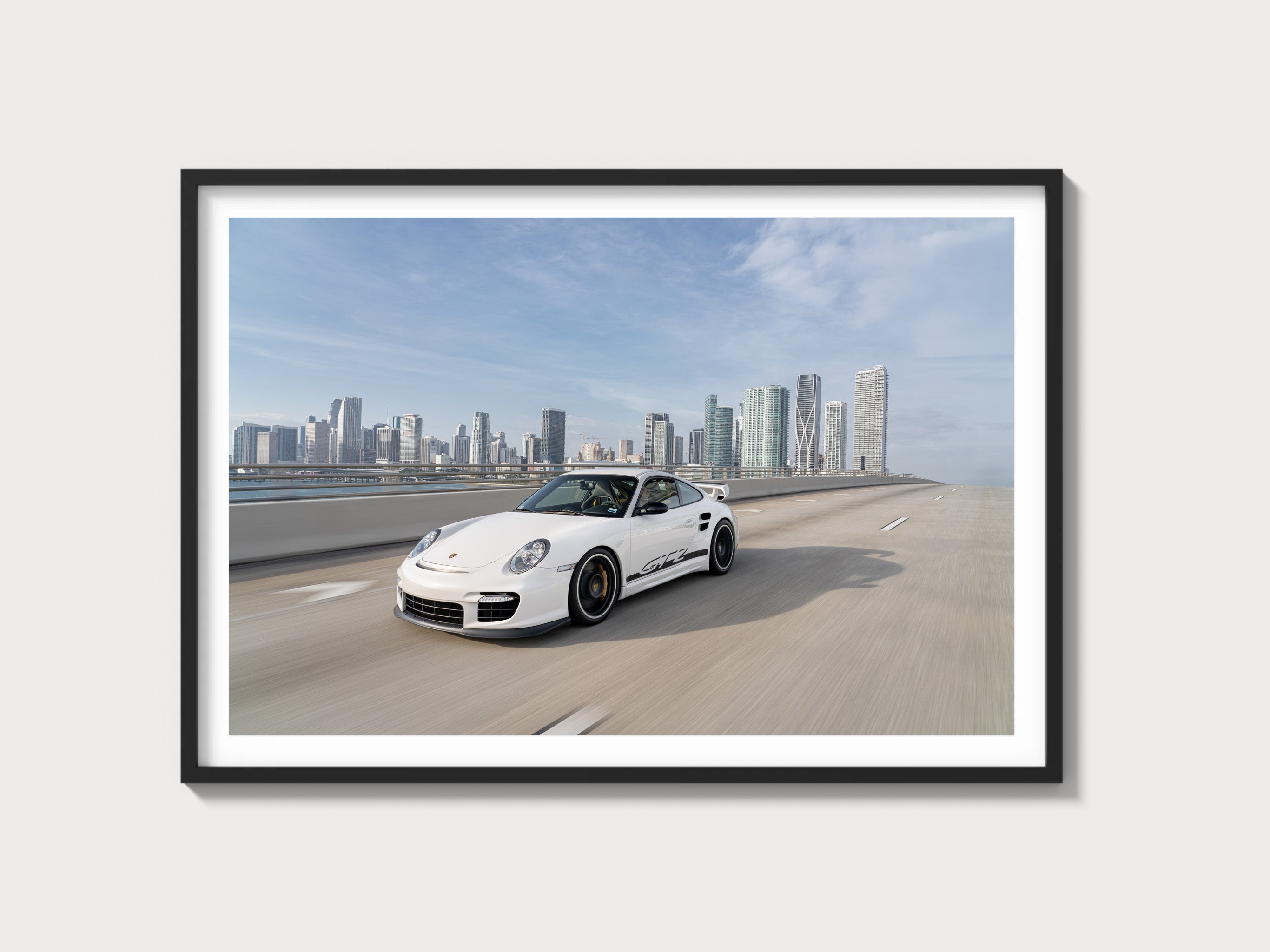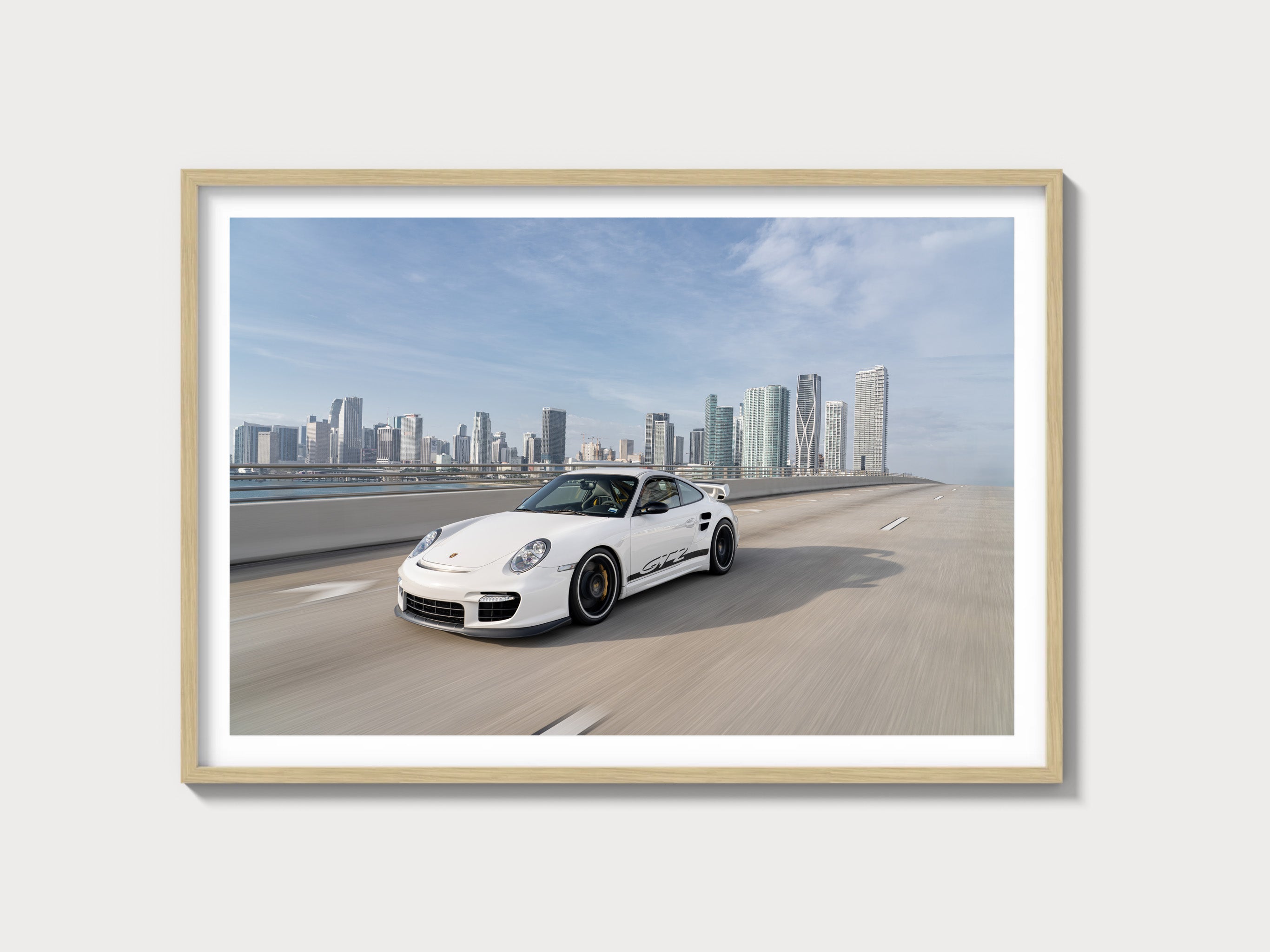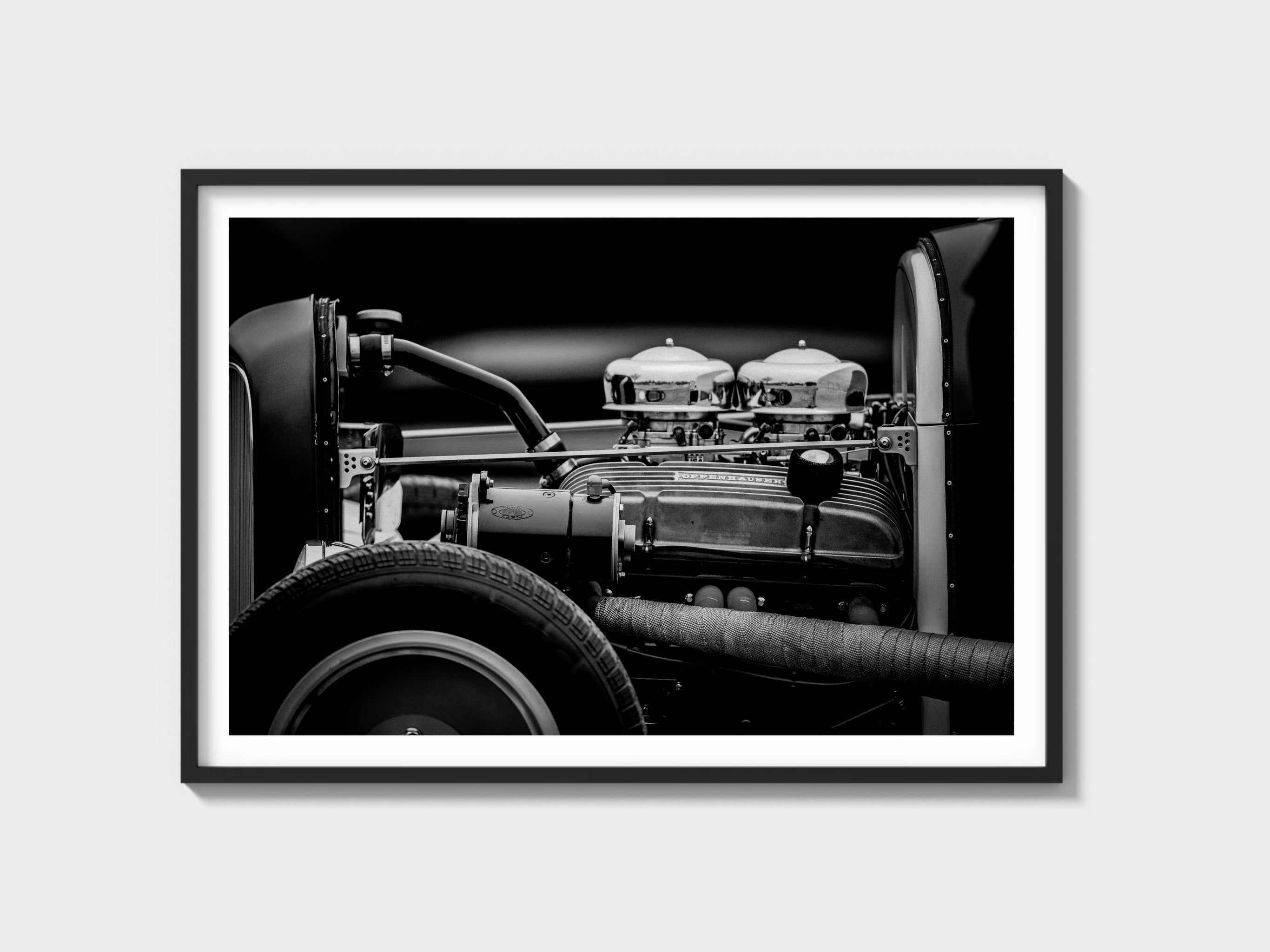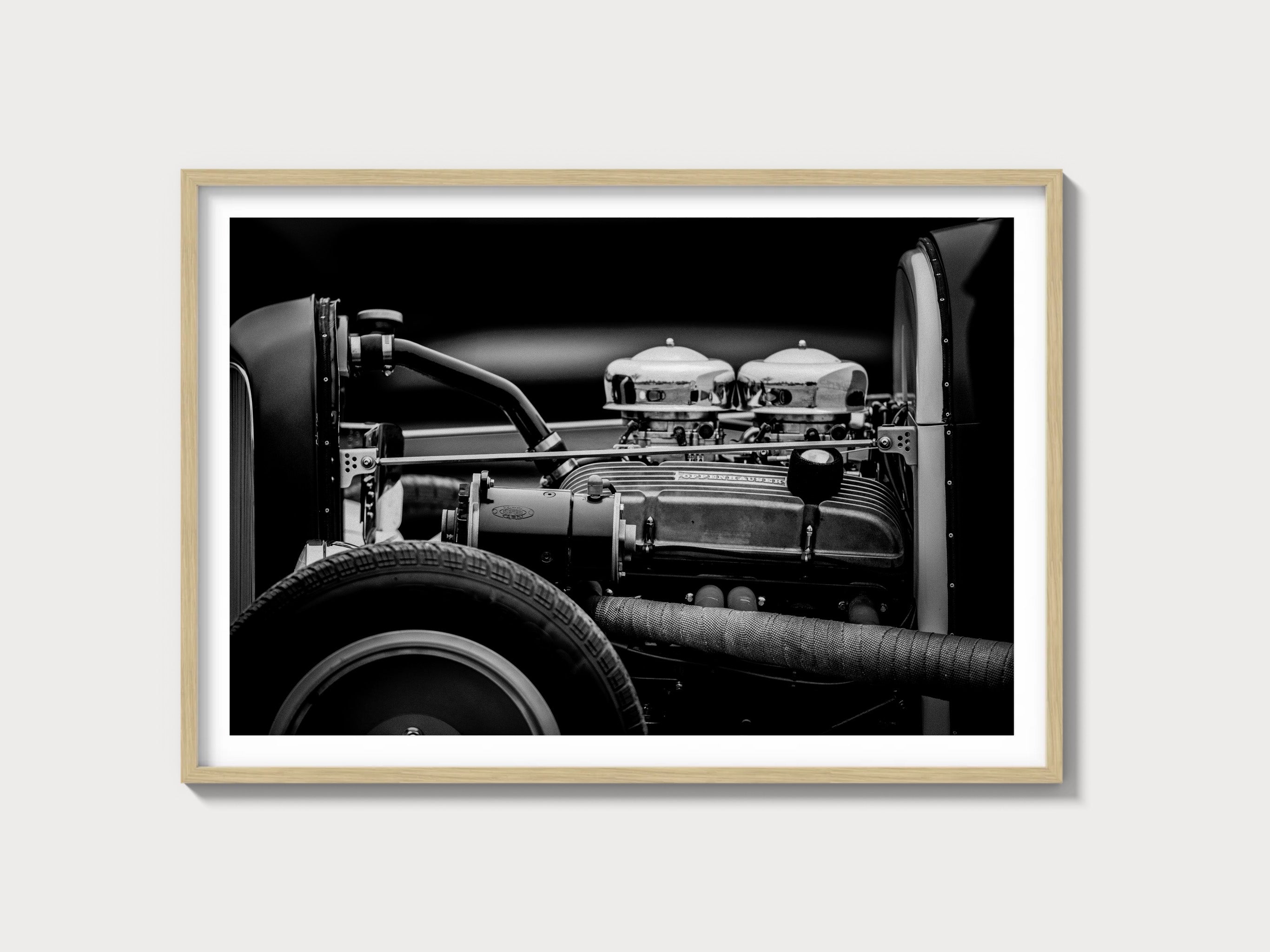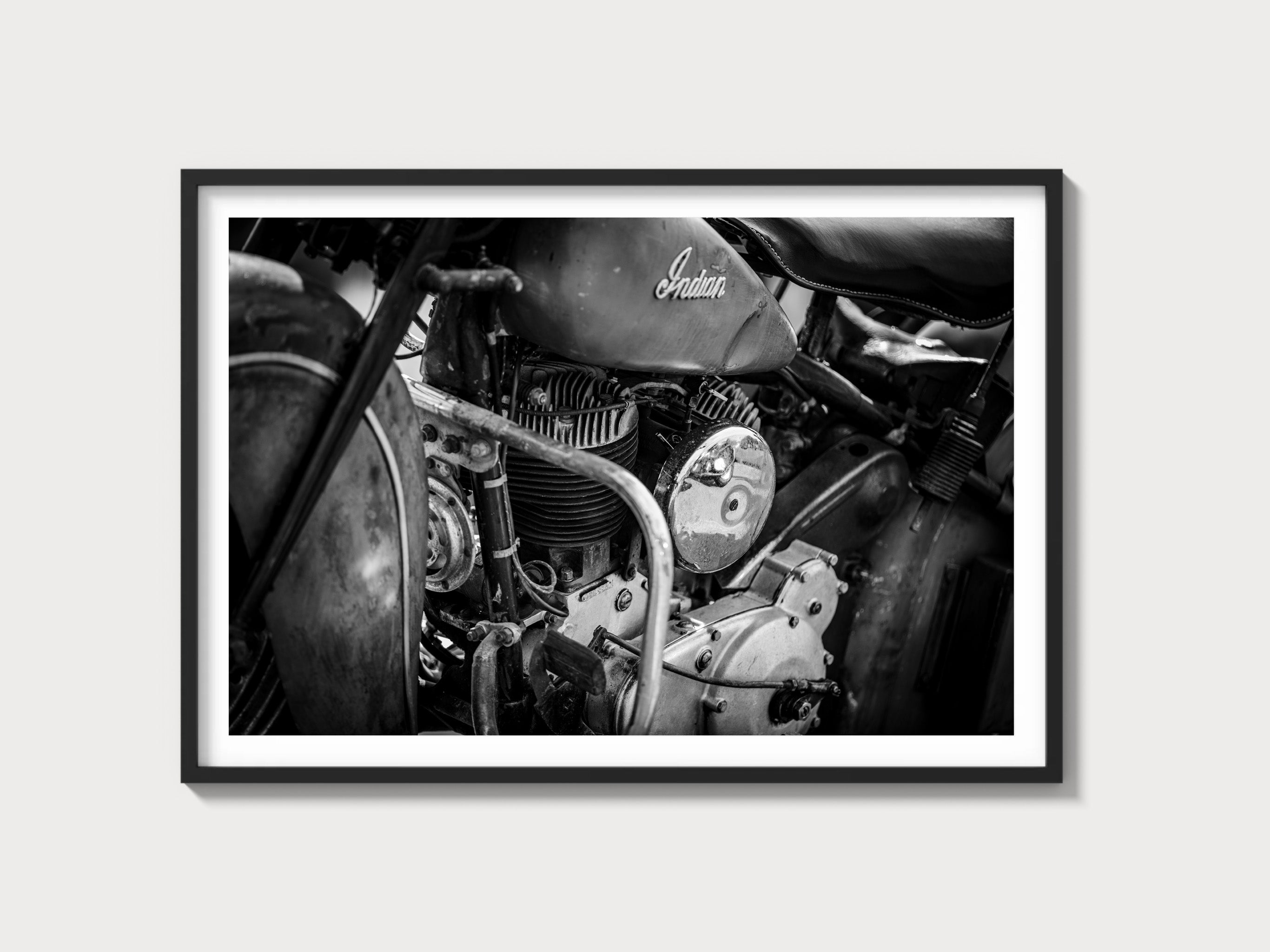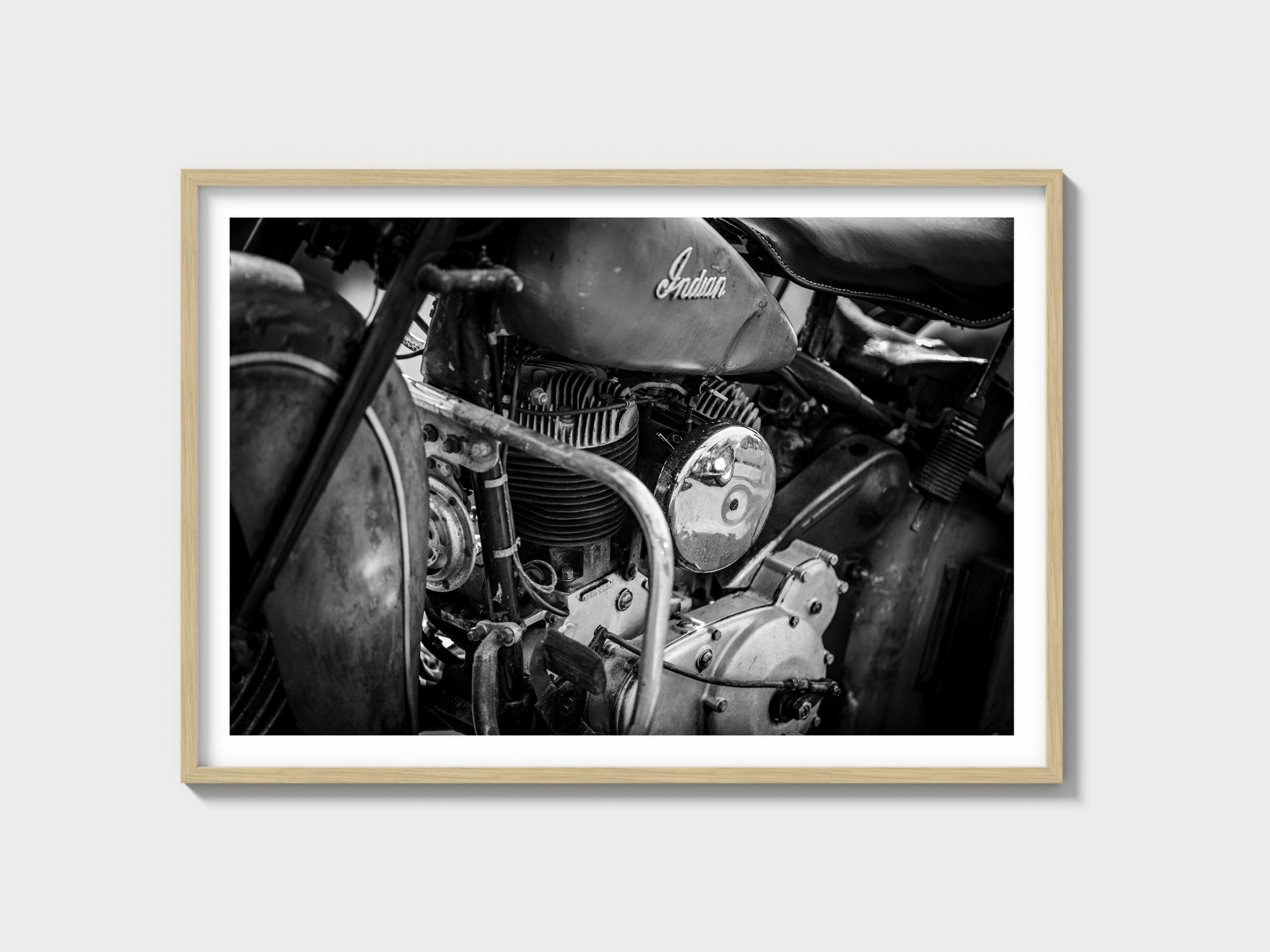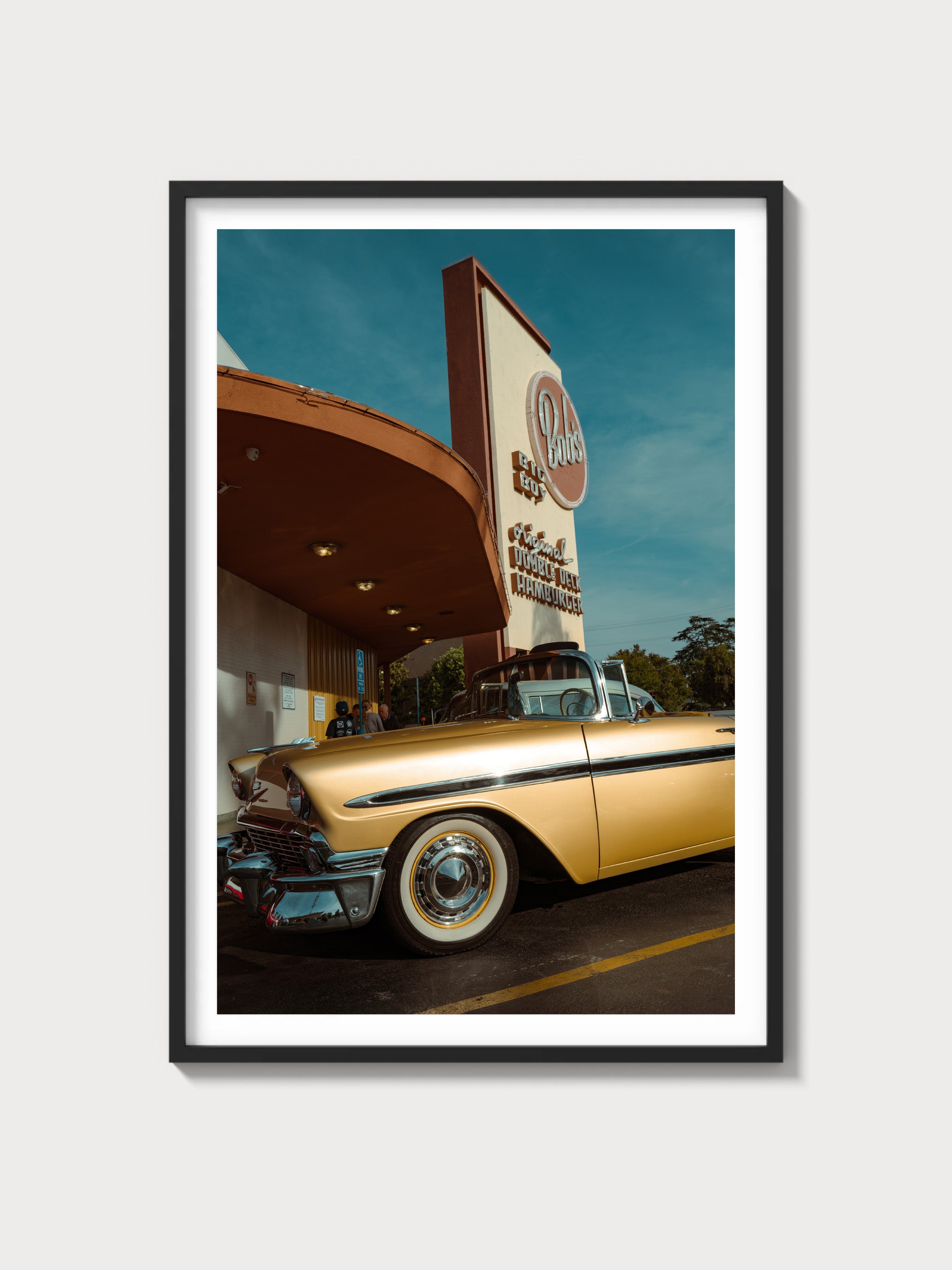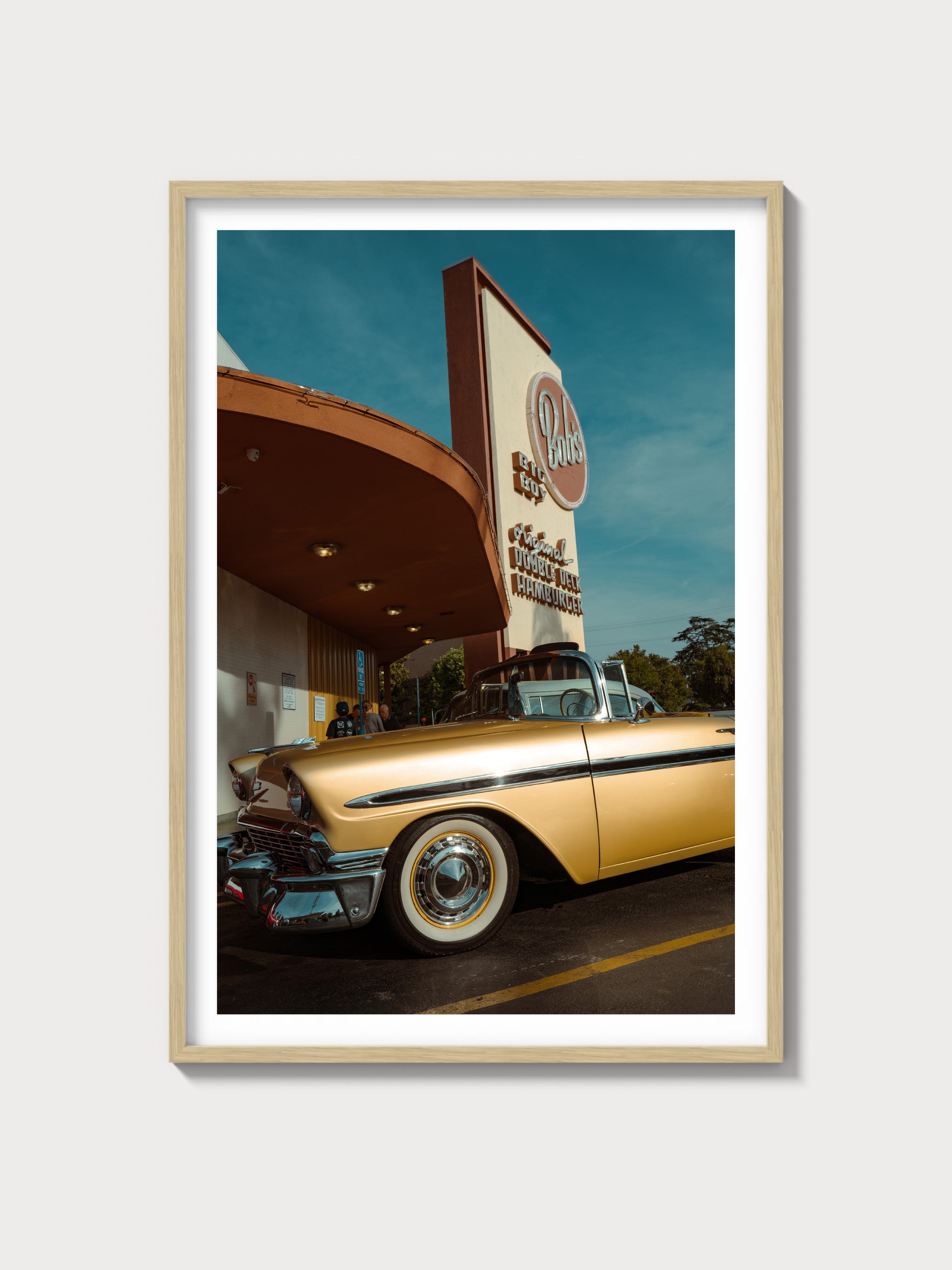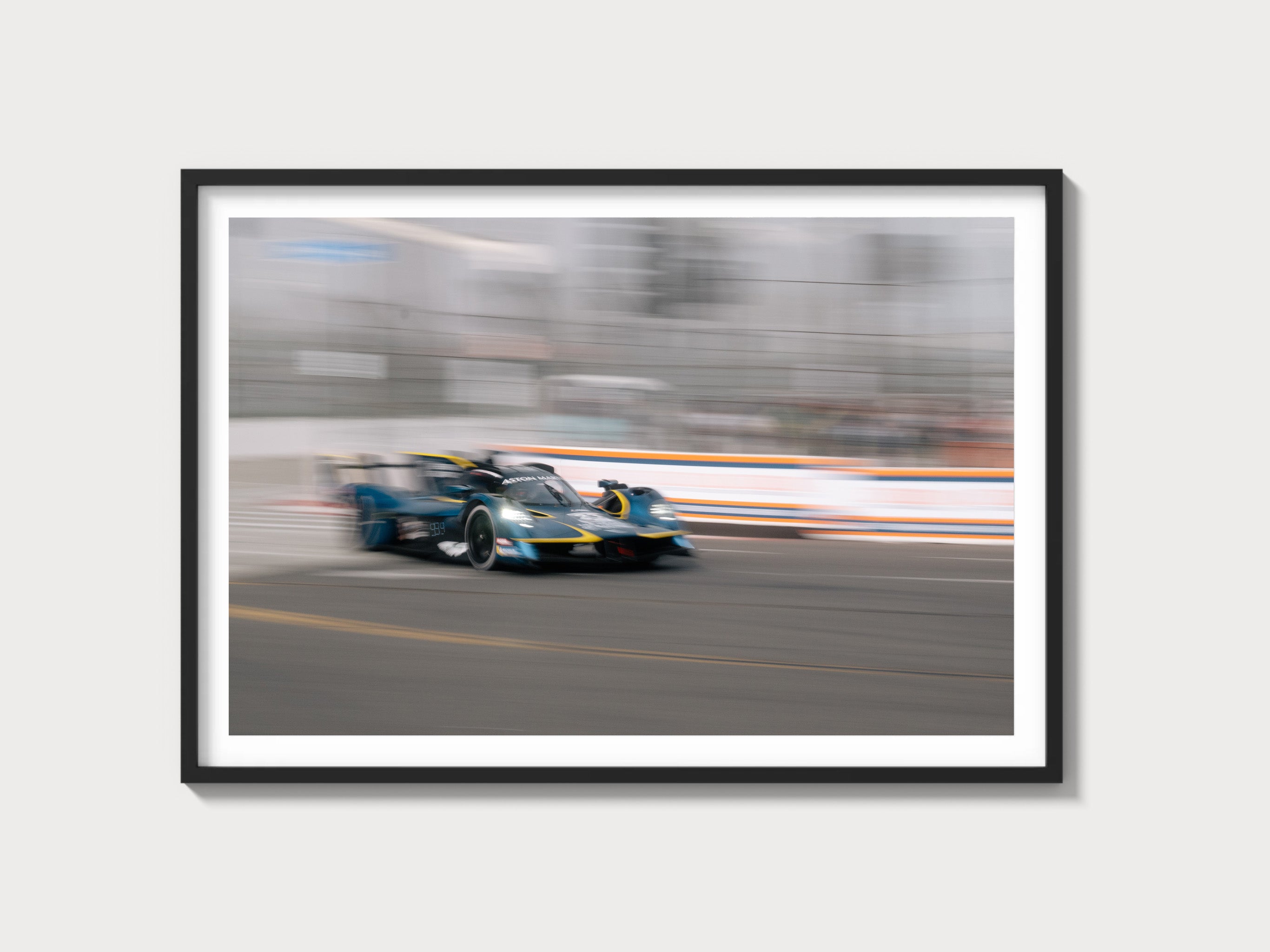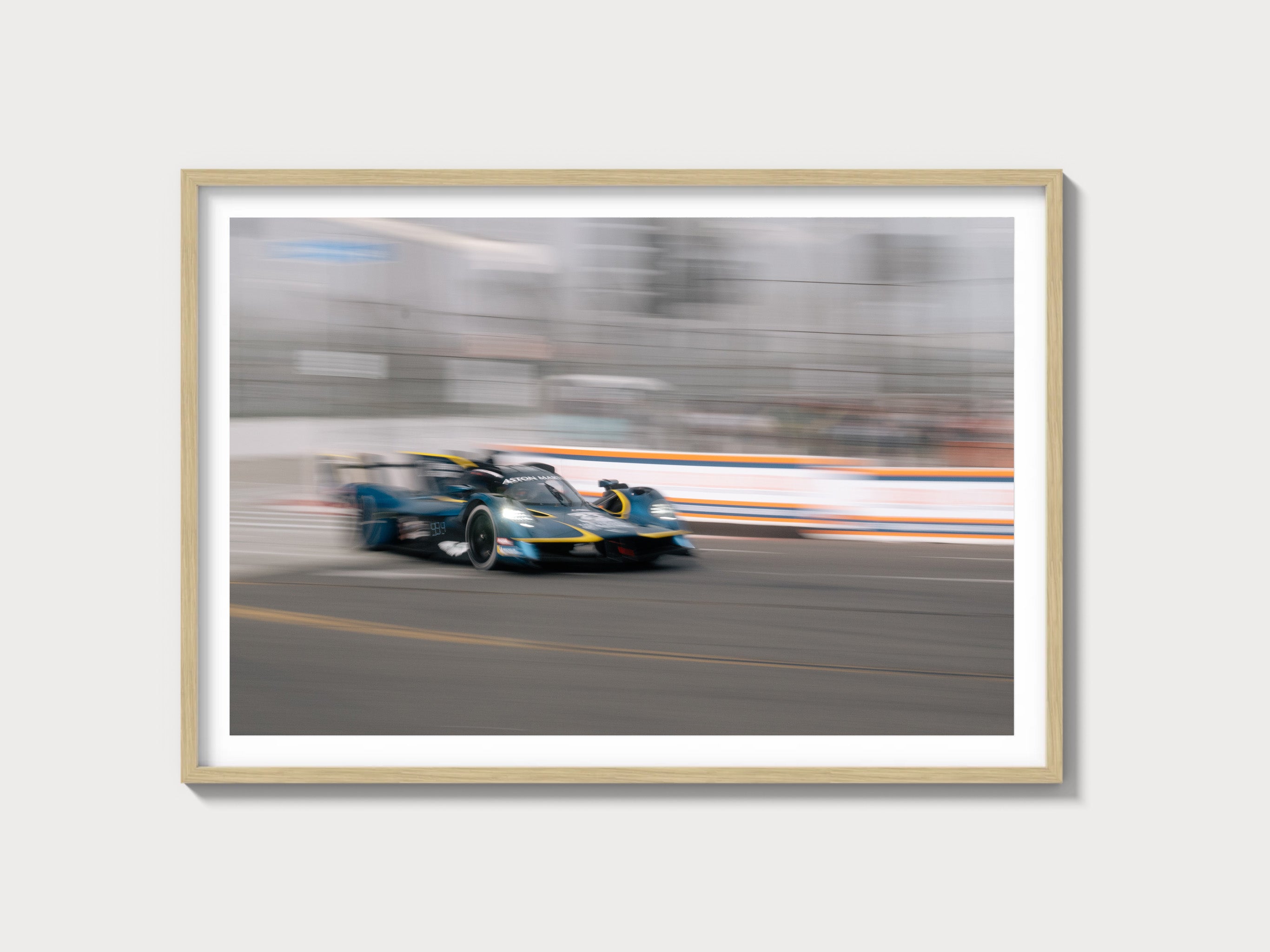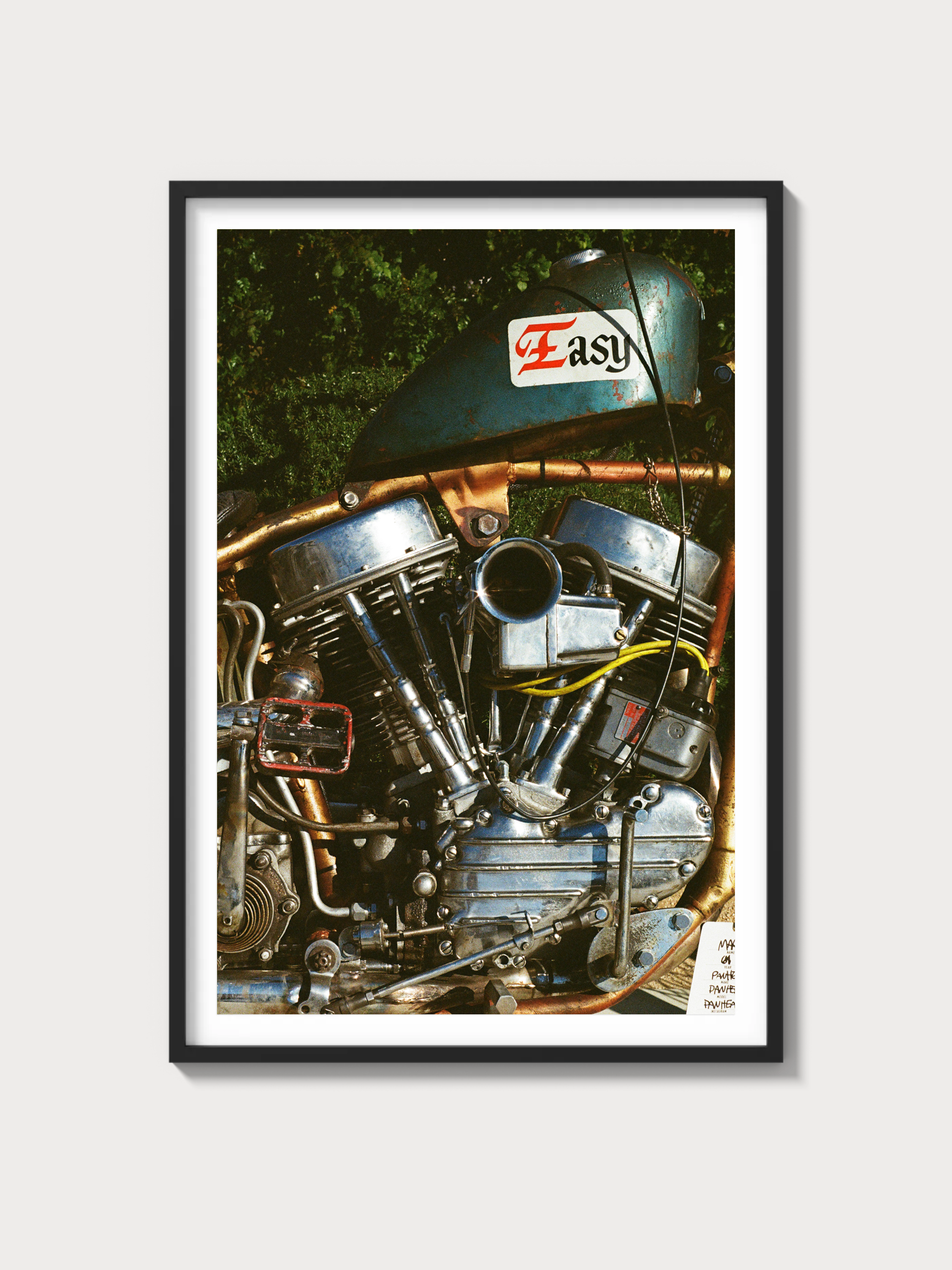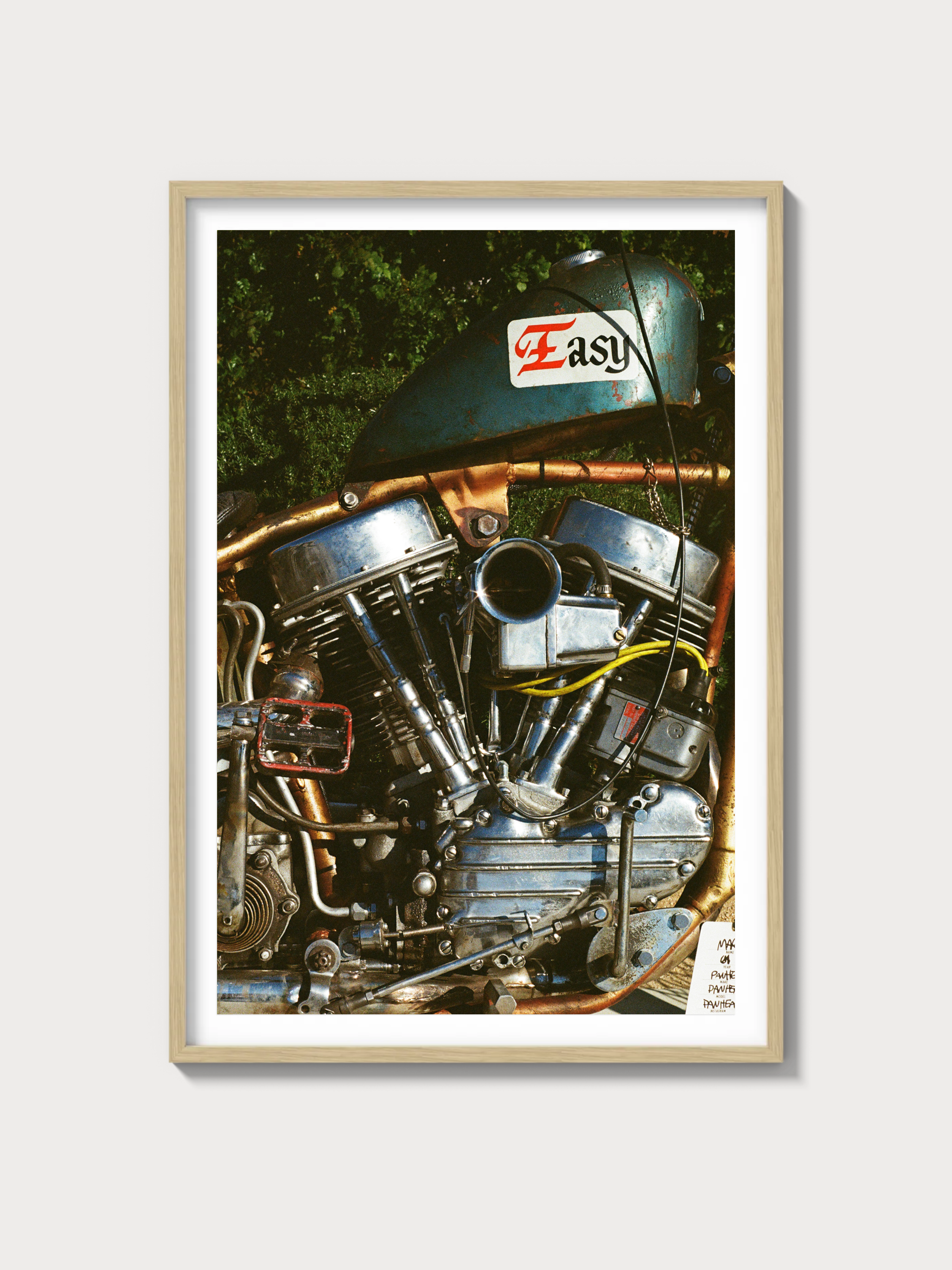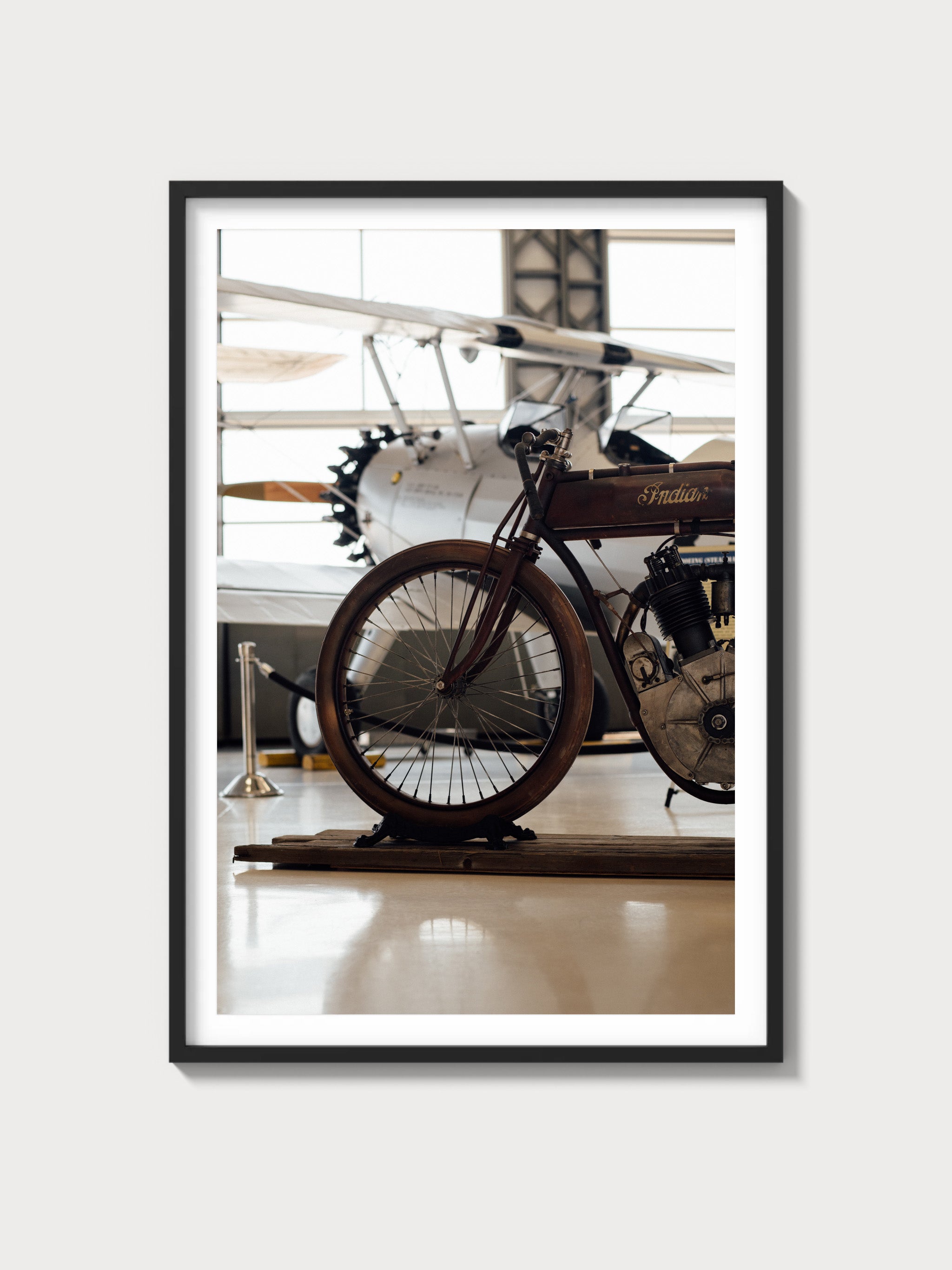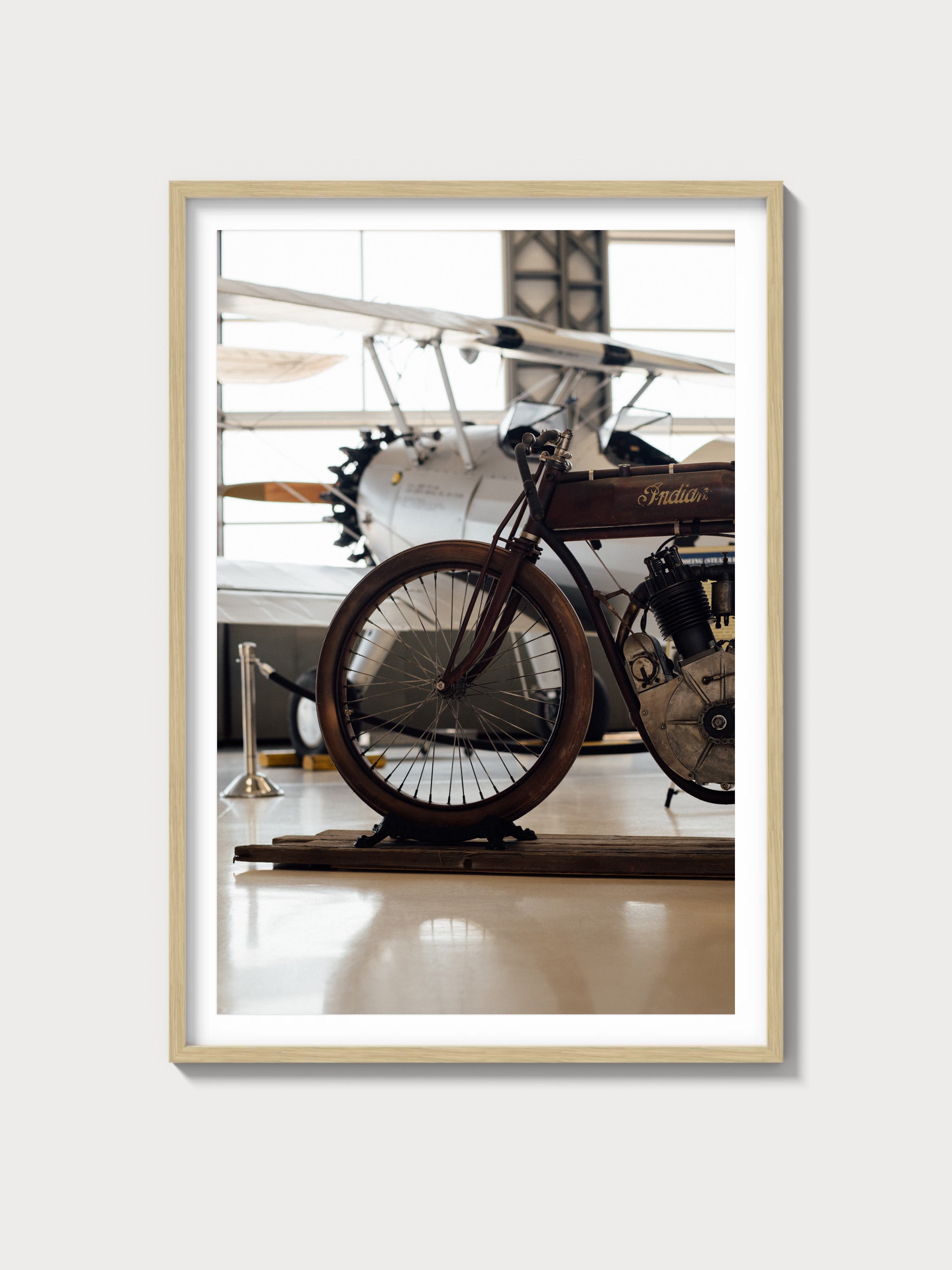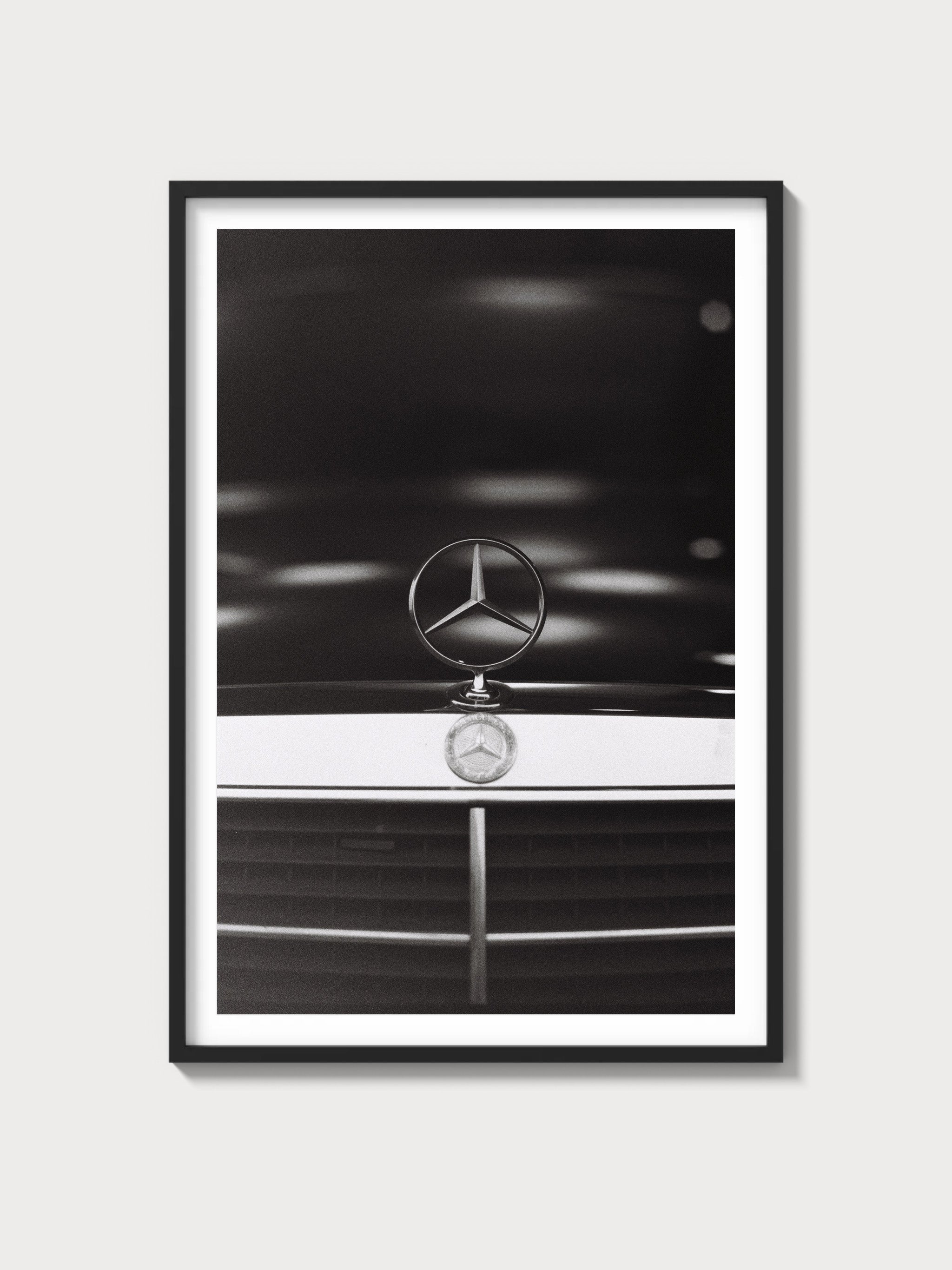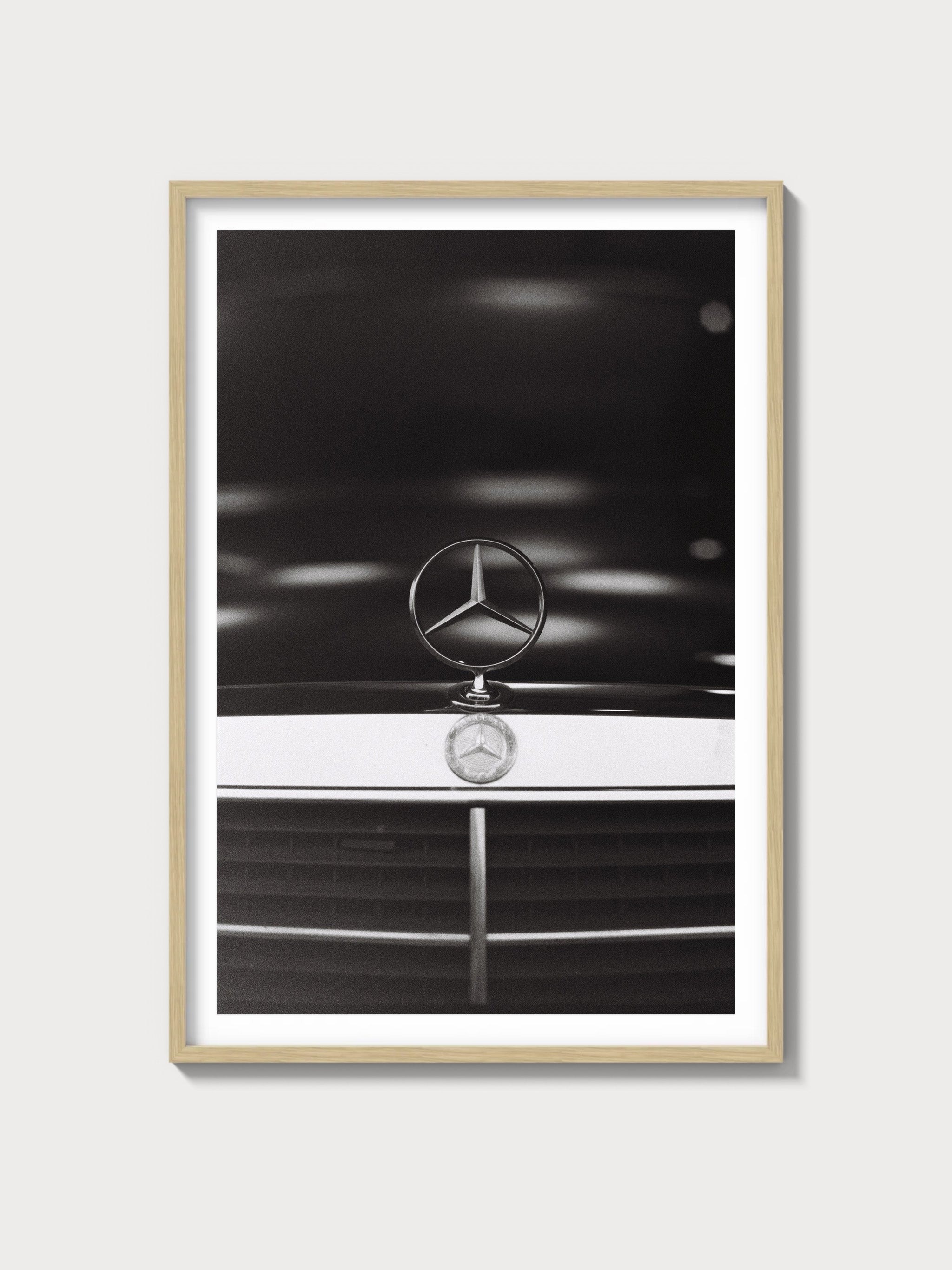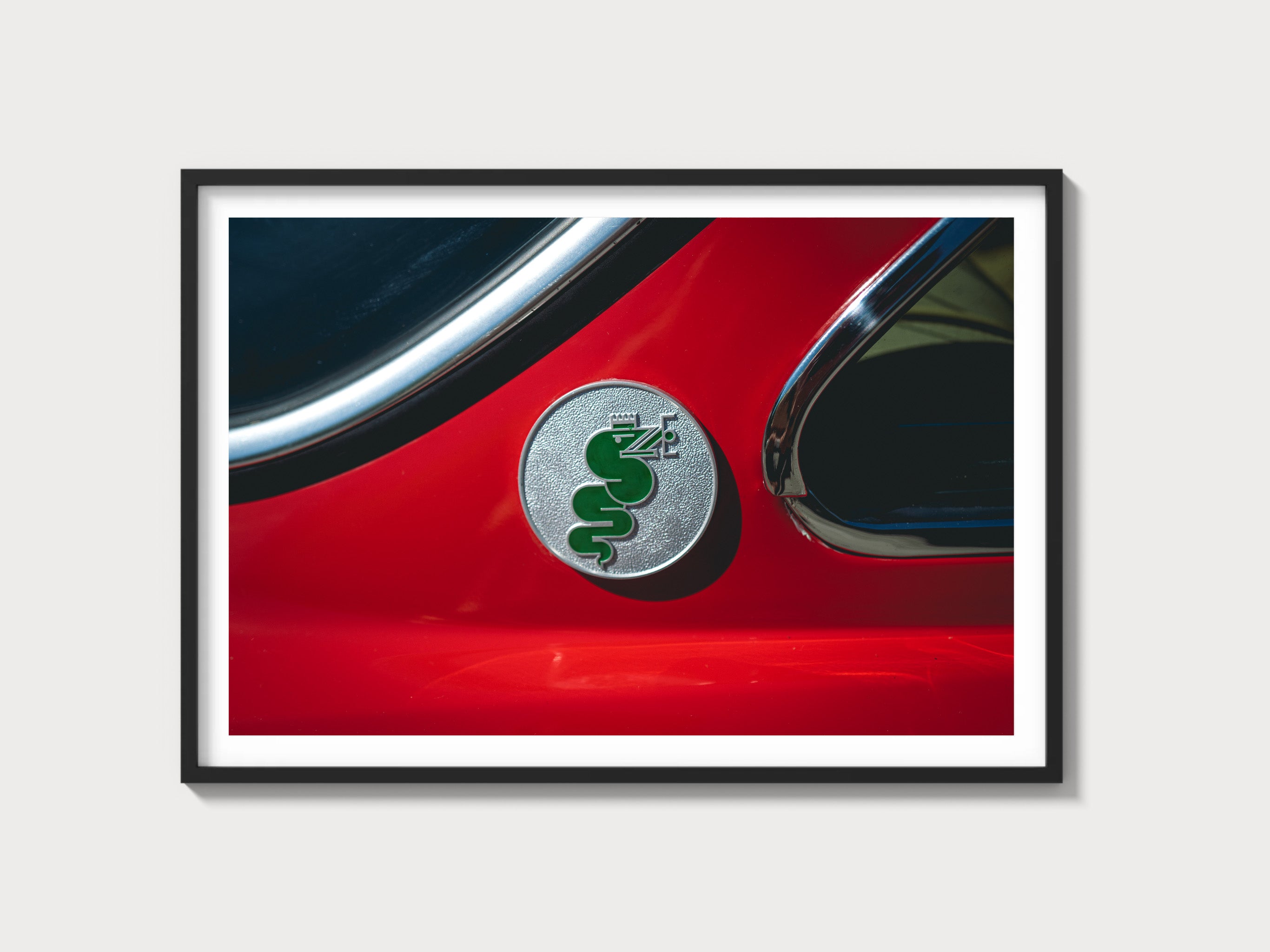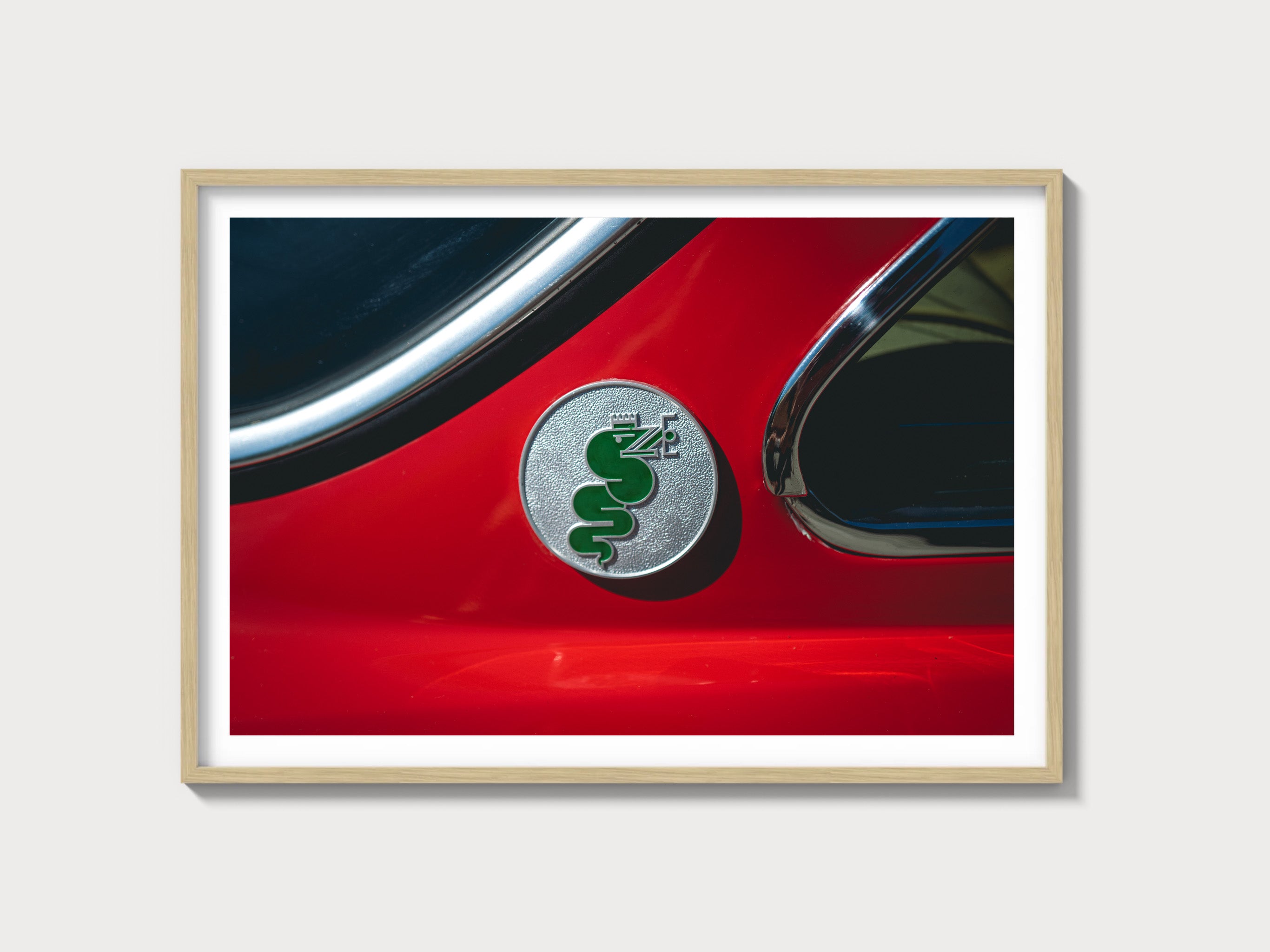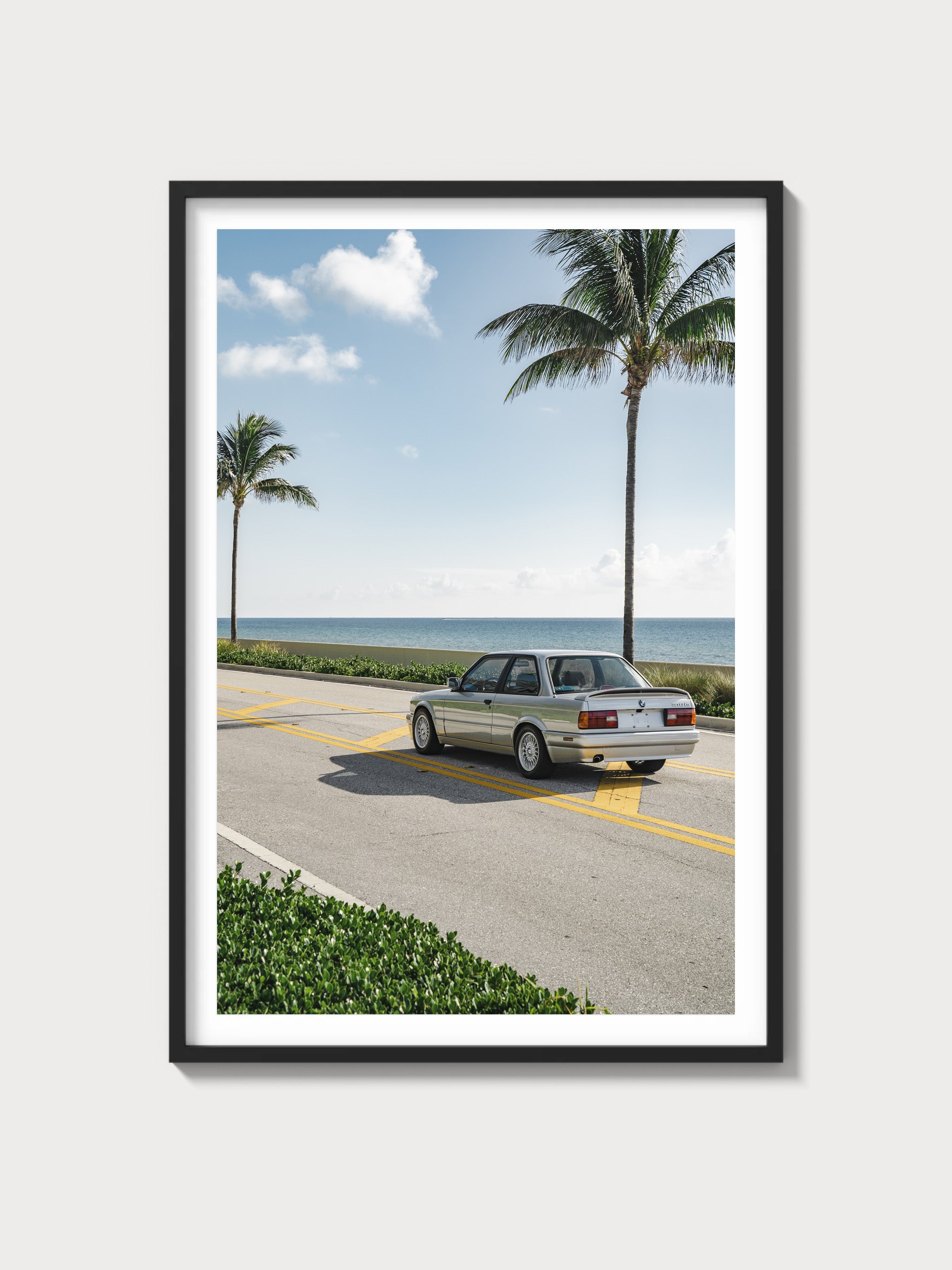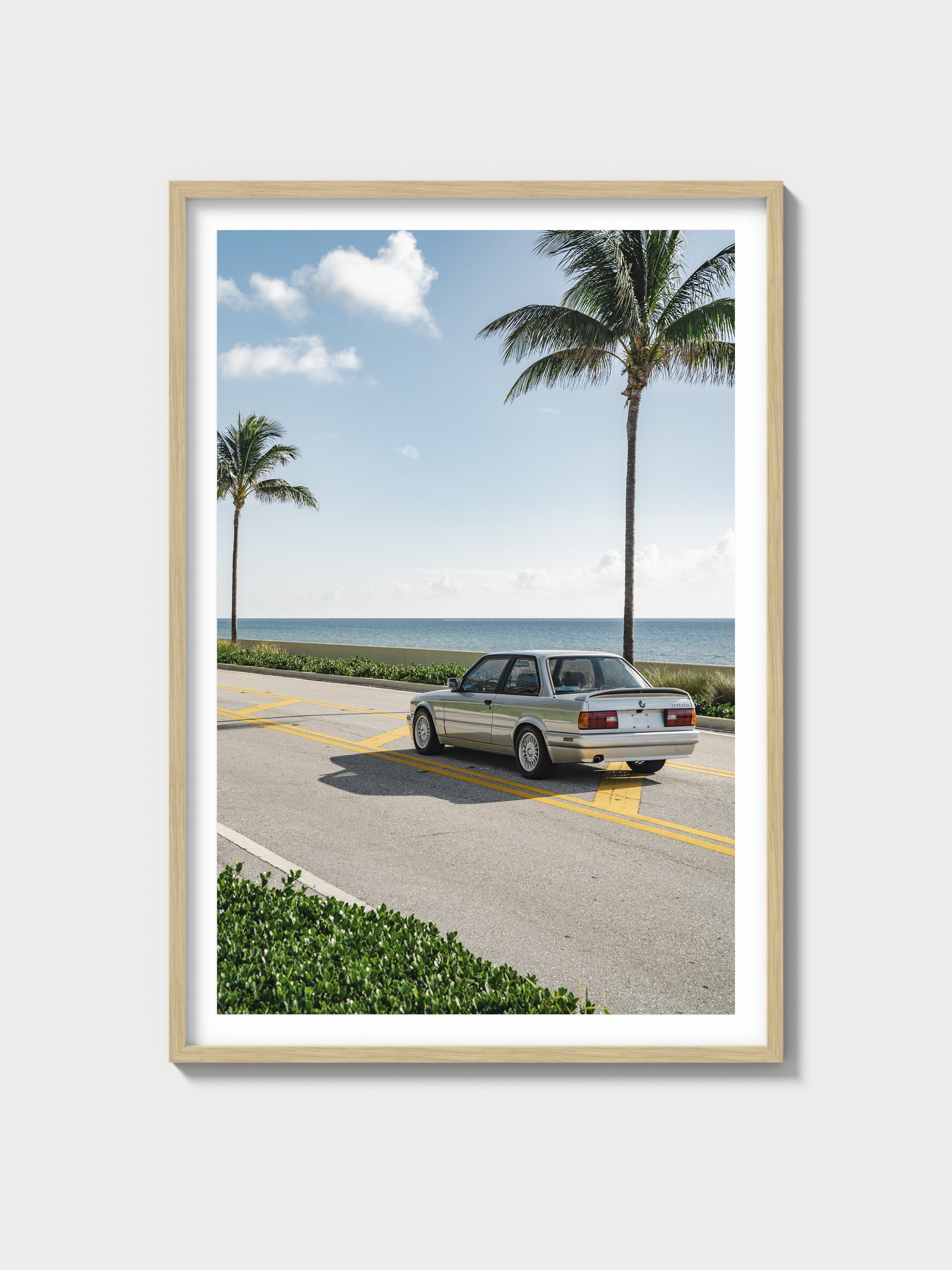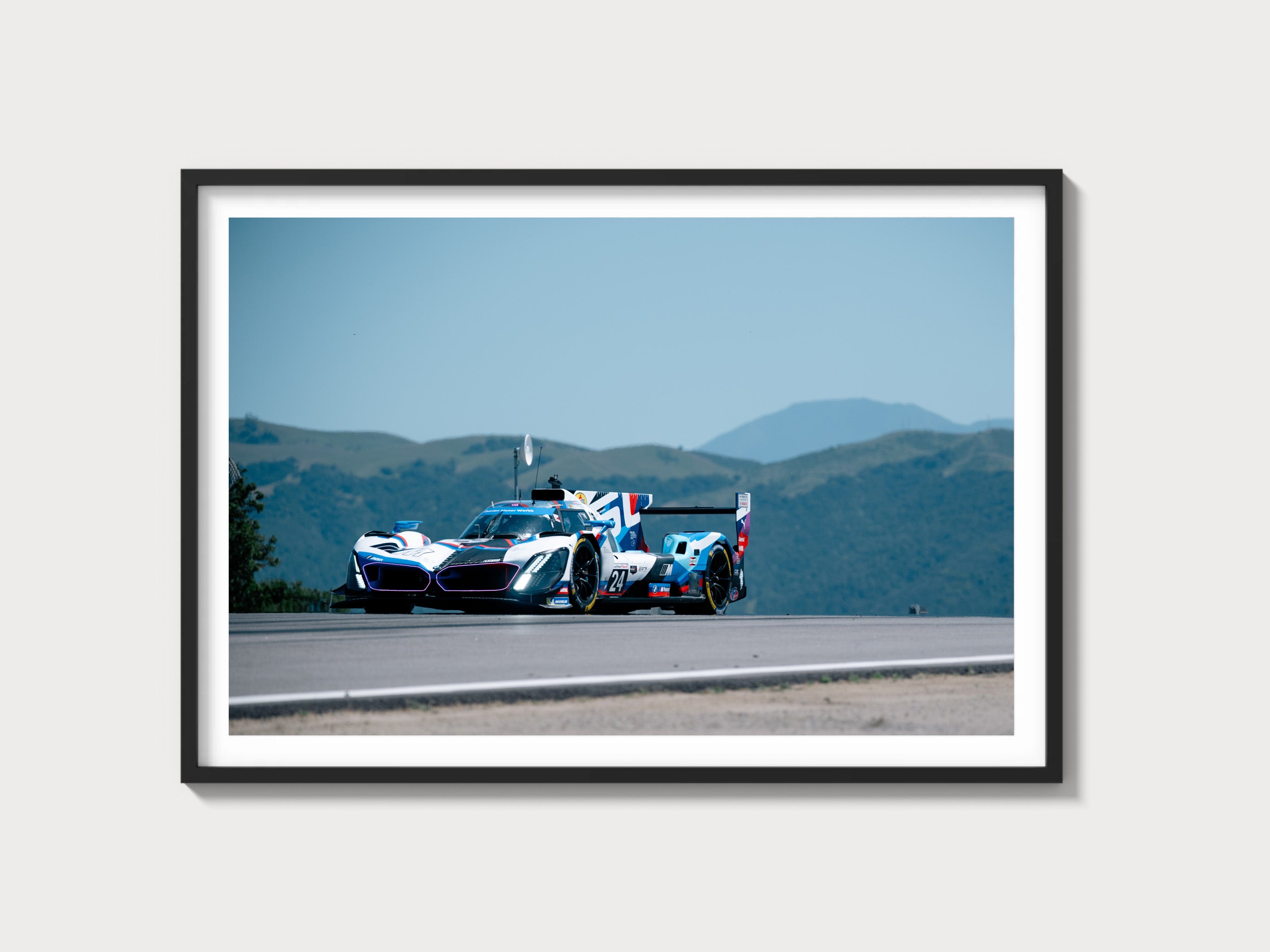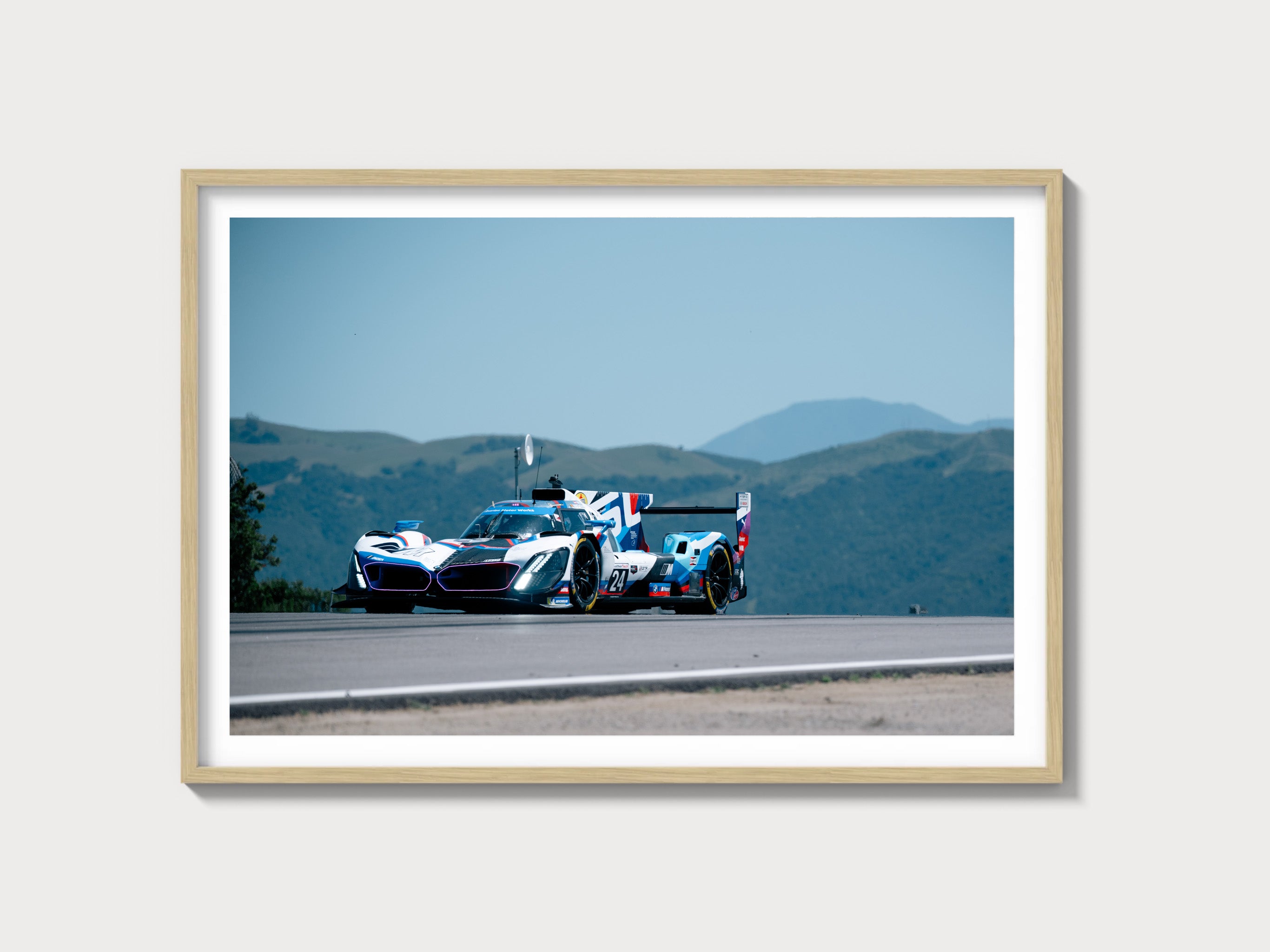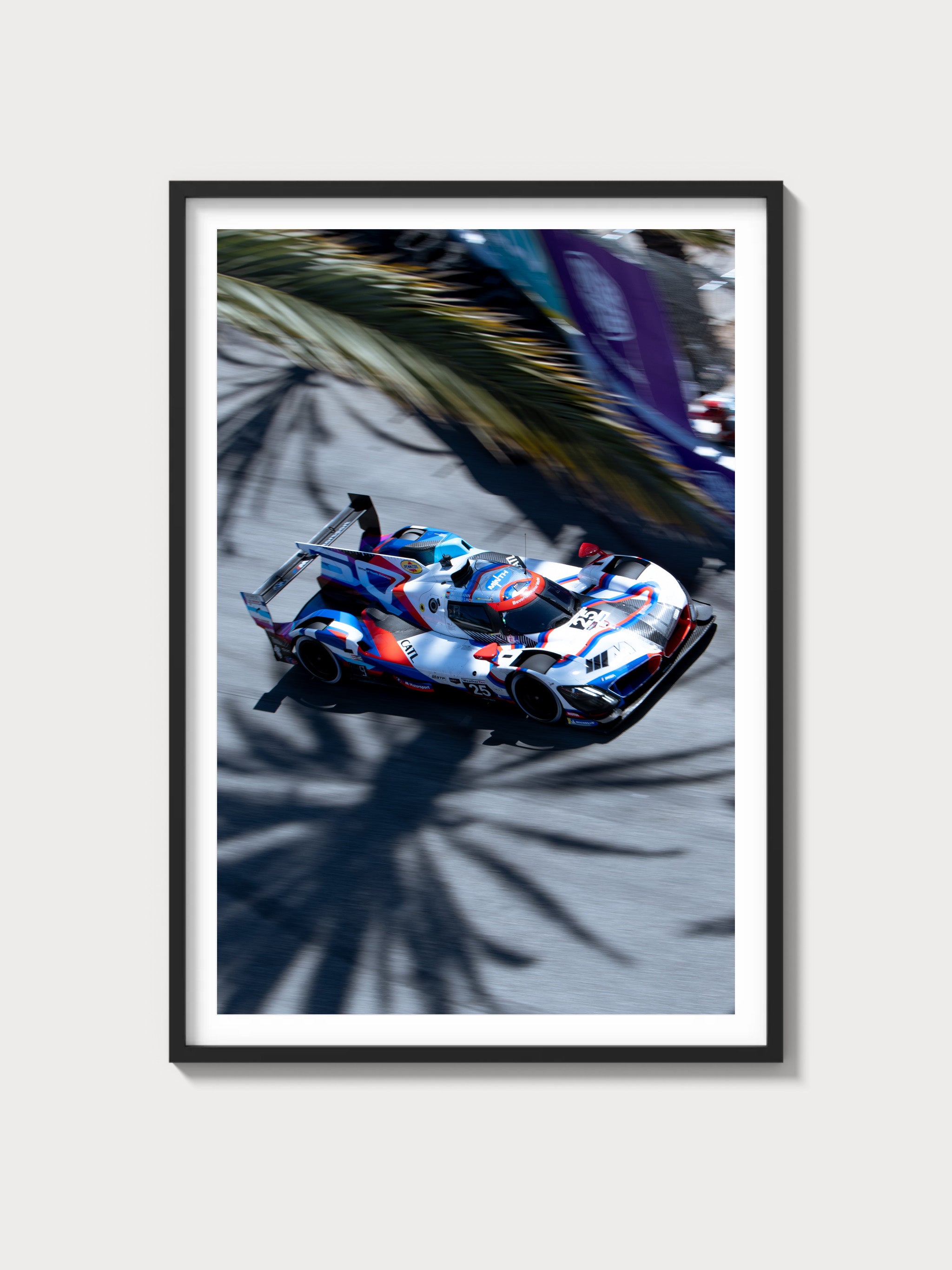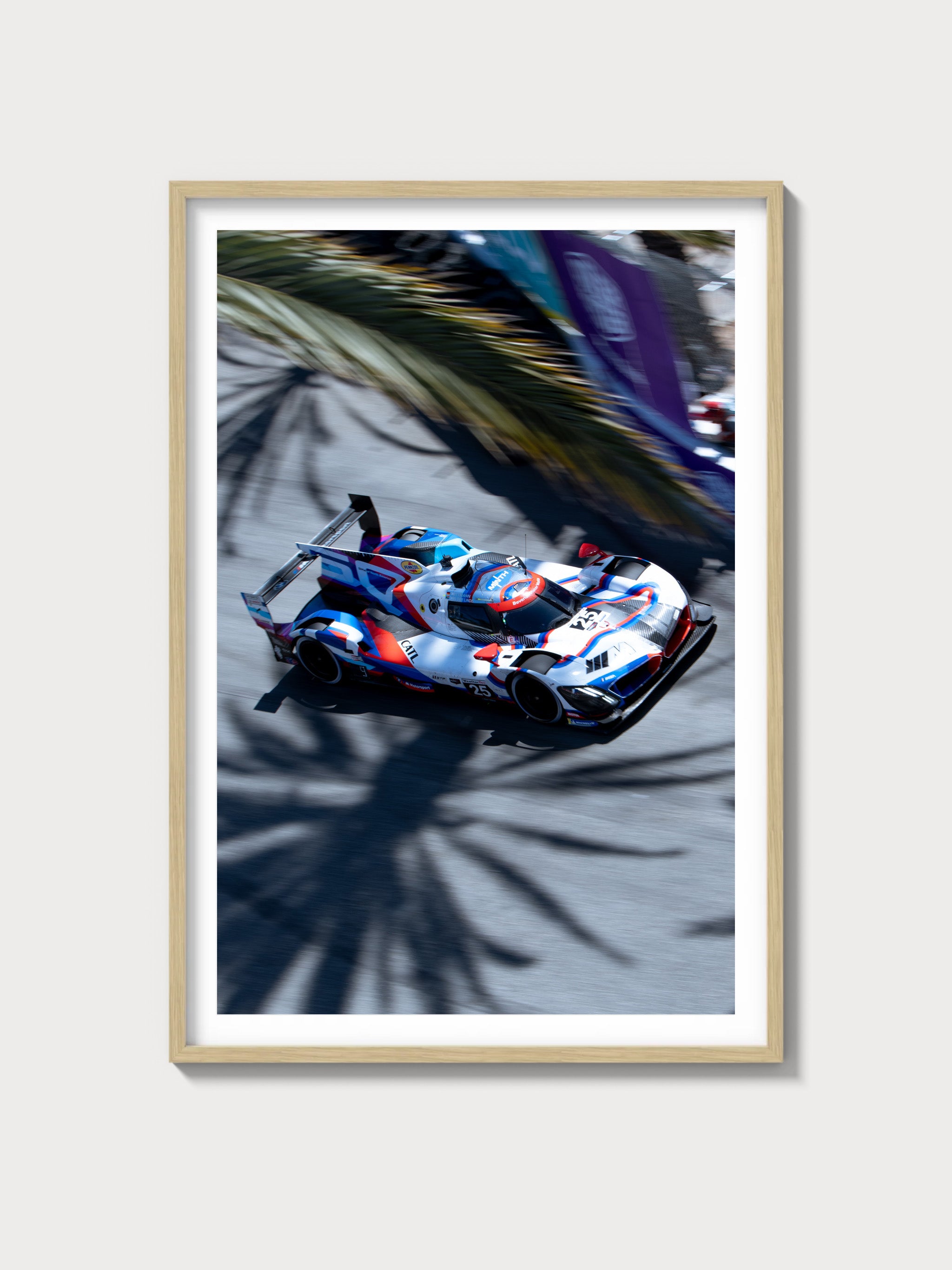Ferrari F512 M: The Definitive History, Specs, and Legacy
Introduction: Ferrari’s Ultimate Testarossa Evolution
In the storied lineage of Ferrari’s road cars, the F512 M, introduced in 1994, stands as the ultimate evolution of the Testarossa series—a mid-engine supercar that refined its iconic flat-12 legacy with a 4.9-liter engine and modern updates. Crafted by Pininfarina, this model saw just 501 units produced, succeeding the 512 TR. The "M" (Modificata) designation marked its culmination, blending enhanced power, sharper styling, and improved dynamics to close out Ferrari’s flat-12 supercar era.
The year 1994 was a dynamic period for Ferrari, its racing triumphs—F355, 456 GT—complementing road car innovation. Unveiled at the 1994 Paris Motor Show, the F512 M captivated with its bold redesign and exhilarating performance. This exhaustive history, penned with a Ferrari historian’s precision, explores its technical mastery, its iconic styling, its subtle racing ties, and its lasting legacy.
Historical Context: Ferrari’s Flat-12 Finale
The Ferrari F512 M emerged during a transformative era for Maranello. By 1994, Ferrari’s racing pedigree—F50’s F1 inspiration, F355’s refinement—had solidified its stature, yet the company sought to cap its mid-engine flat-12 lineage under Luca di Montezemolo’s leadership. The 512 TR’s 2,280-unit run (1992-1994) had elevated the Testarossa platform, but its design and performance warranted a final refinement. The F512 M, with increased power, lighter weight, and modern aesthetics, answered, targeting enthusiasts and collectors while rivaling Porsche’s 959 and Lamborghini’s Diablo VT.
A total of 501 units were built (1994-1996)—all Pininfarina coupes, reflecting ultimate exclusivity. Chassis 101707, the prototype, debuted at Paris in October 1994, its aggressive form signaling the end of an era. This was a car for a select elite—European connoisseurs, American collectors—its limited production marking Ferrari’s flat-12 swan song amid Italy’s mid-1990s economic growth.
The broader context of 1994 shaped its purpose. The supercar landscape evolved—Porsche 959, McLaren F1—while buyers sought refined power. The F512 M bridged Ferrari’s racing heritage, rooted in the Testarossa, with a modern mid-engine finale.
Technical Specifications: The Flat-12’s Final Flourish
The Ferrari F512 M’s core was its 4.9-liter flat-12—a refined evolution of the 512 TR’s engine, optimized for power and responsiveness. Below, we dissect its engineering with historian’s detail.
Engine: The 4.9-Liter Flat-12
Displacing 4,943 cc (bore 82 mm, stroke 78 mm), the F512 M’s flat-12 was a mid-mounted, all-aluminum unit with a 180-degree V-angle, featuring four valves per cylinder (double overhead camshafts per bank), a 10.4:1 compression ratio, and Bosch Motronic M2.7 fuel injection. It produced 440 horsepower at 6,750 rpm (European spec) or 436 hp at 6,750 rpm (US spec)—a 12 hp gain over the 512 TR’s 428 hp. Weighing 335 lbs, it delivered 370 lb-ft of torque at 5,500 rpm.
This engine was a supercar swan song. Chassis 103943, a 1995 model, showcased its smooth, ferocious power, balancing raw intensity with refined delivery.
Performance: Supercar Pinnacle
The F512 M reached 196 mph (315 km/h)—verified by Autocar’s 1995 test—matching the 512 TR’s 195 mph, with a 0-60 mph time of ~4.6 seconds, a 0.2-second improvement. Its power-to-weight ratio (302 hp/ton European, 300 hp/ton US) surpassed the 512 TR (291 hp/ton), leveraging its lighter weight and enhanced dynamics.
Chassis and Suspension: Mid-Engine Refinement
The chassis was a tubular steel spaceframe, weighing 1,455 kg (3,208 lbs)—15 kg lighter than the 512 TR due to optimized materials and design. Its 2,550 mm wheelbase matched its predecessor, with fully independent suspension—double wishbones with coil springs front and rear—offering sharper handling and improved ride quality.
Transmission and Brakes: Precision Dynamics
A 5-speed manual gearbox—synchronized, mid-mounted—drove the rear wheels, its ratios (1st: 2.64, 5th: 0.96) favoring acceleration, with a refined shift mechanism. Braking relied on 14-inch ventilated disc brakes with ABS, delivering 1.1g deceleration—robust for its class.
| Specification | Details |
|---|---|
| Engine | 4.9L Flat-12, 440 hp @ 6,750 rpm (436 hp US) |
| Displacement | 4,943 cc (82 mm x 78 mm) |
| Top Speed | ~196 mph (315 km/h) |
| 0-60 mph | ~4.6 seconds |
| Weight | 1,455 kg (3,208 lbs) |
| Transmission | 5-speed manual, mid-engine |
| Suspension (Front) | Double wishbone, coil springs |
| Suspension (Rear) | Double wishbone, coil springs |
| Brakes | Ventilated discs, 14-inch, ABS |
Design and Styling: Pininfarina’s Final Flat-12 Flourish
The Ferrari F512 M’s aesthetic was a Pininfarina masterpiece, refining the Testarossa lineage.
Exterior: Aggressive Supercar Evolution
Pininfarina built all 501 units—chassis 101707 featured a sharper nose, fixed headlights (replacing pop-ups), and updated strakes, finished in Rosso Corsa. Its 2,550 mm wheelbase and steel body (with aluminum panels) offered a more aggressive, modern profile than the 512 TR, with enhanced aerodynamics.
Interior: Refined Supercar Cockpit
The cabin was a driver-focused retreat: leather bucket seats (black or tan), a gated shifter, and Veglia gauges—tachometer (8,000 rpm redline), speedometer, oil pressure. Chassis 103943’s interior, with subtle upgrades over the 512 TR, balanced sportiness with usability, contrasting the F50’s spartan design.
Production and Variants: A Limited Finale
The Ferrari F512 M’s 501-unit run (1994-1996) marked the end of the Testarossa lineage—all Pininfarina coupes, with no major variants beyond market-specific updates (e.g., US-spec lights). Chassis 101707 launched the series, while 105768 closed it, transitioning to the 550 Maranello. Its focus remained road excellence—no racing versions emerged.
Performance and Racing Legacy: A Road-Born Finale
The Ferrari F512 M racing history was negligible, its road-going ethos dominant. Chassis 102189, tuned to 450 hp, ran private track events, but no official races ensued. Its true stage was the open road—Autostrada, Mulholland Drive—where its 196 mph top speed and precise handling reigned supreme.
Ownership and Market Value: A Flat-12 Icon
The Ferrari F512 M value reflects its rarity and legacy. Early owners included European collectors and U.S. enthusiasts. Today, prices range $400,000-$500,000—chassis 101707 sold for $475,000 at RM Sotheby’s 2023. Restoration costs—flat-12 rebuilds at $200,000—highlight its elite status.
Cultural Impact: Ferrari’s Flat-12 Legacy
The F512 M concluded Ferrari’s mid-engine flat-12 lineage, its refined power and styling marking the end of an era. In 1990s lore, it’s the car of ultimate Testarossa evolution, a bridge to the front-engine 550 Maranello and a testament to Ferrari’s supercar heritage.
Comparisons: Ferrari F512 M vs Rivals
The Ferrari F512 M vs Lamborghini Diablo VT pits 440 hp flat-12 against 492 hp V12—Ferrari led in refinement, Diablo in raw power. The Porsche 959 (444 hp) matched in speed but trailed in style.
| Model | Engine | Power | Weight | Top Speed |
|---|---|---|---|---|
| Ferrari F512 M | 4.9L Flat-12 | 440 hp | 1,455 kg | ~196 mph |
| Lamborghini Diablo VT | 5.7L V12 | 492 hp | 1,625 kg | ~202 mph |
| Porsche 959 | 2.8L Twin-Turbo Flat-6 | 444 hp | 1,450 kg | ~195 mph |
Frequently Asked Questions
What was the Ferrari F512 M?
A 1994 4.9L flat-12 mid-engine supercar.
How many were made?
501 units.
What engine powered it?
4,943 cc flat-12, 440 hp (436 hp US).
Did it race?
Rarely—built for road use.
What’s its value?
$400,000-$500,000.

